Sometimes, people can see easily that specific products are doomed for failure the moment they are announced. Other times, we can assume this but then see something succeed in spite of our previous assumptions. Ultimately, it’s a crapshoot in this field and it is tough to predict if something will succeed or fail. In fact, there have been many great ideas that resulted in a bad technology product, which surprises most. Of course, there are times that these failed tech products with a great idea behind them see failure, to begin with, but another company changes things to make the product work.
Funny enough, we actually discuss a few failed tech products that ran into that exact issue. Yet most of these products either never made any sense, did not consider something massive, or had numerous problems from launch. The others revolve around companies simply missing their window for a product’s shelf-life as well as companies that pretty much scammed investors. We’re almost certain you can think of products or companies that fit these descriptions, but we’ll likely also bring up others you never knew about. With this out of the way, let’s get started on our article about failed tech products that were doomed from the start.
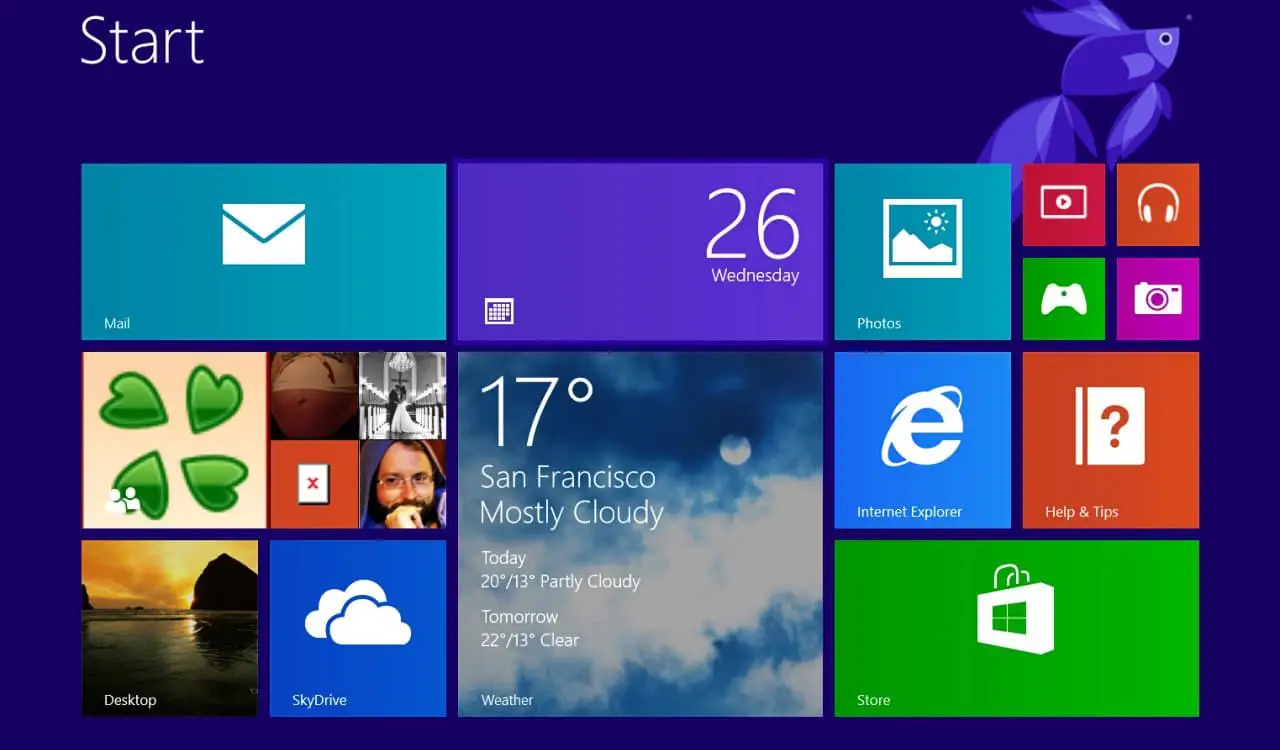
Windows 8
- Product Type: Operating System
In a way, Microsoft’s development of Windows 8 fixed many issues its predecessor had. However, it had several other problems from the jump when it was rolled out in 2012. They changed the interface entirely to rely on more of a mobile operating system appearance, which they hoped would work pretty well with many devices now using touchscreens. The issue is that Microsoft assumed that since we were already seeing mobile phones become very popular, everyone would just love that same interface all over. We didn’t, plus Microsoft made Windows 8 far more complicated to use even for those who liked the mobile interface. We just had to deal with it until the next operating system popped up. Funny enough, Microsoft sold a ton of Windows 7 and 10 operating systems after this.
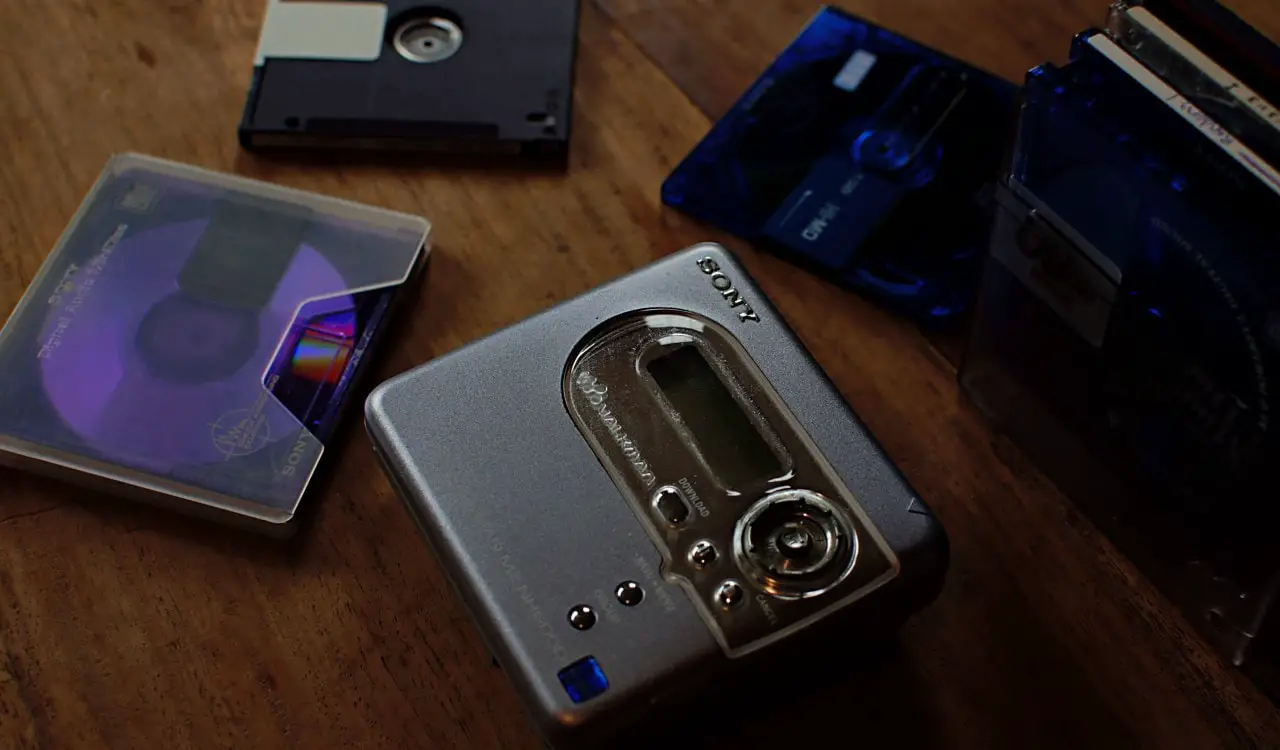
Sony MiniDisc
- Product Type: Data Storage
Ah, the 1990s. It was a time when companies decided to try some radical ideas to be the next big thing. Sony was already relatively established in 1992 when it debuted the Minidisc. The product worked like a floppy or compact disc, storing data. In this case, it was meant to store mostly digital audio as a way to replace the cassette tape. Initially, it rolled out being able to hold 60 minutes of audio but would later improve to hold up to 80 minutes. The data compression software it utilized would later be used for Sony’s Hi-MD which held a quality similar to what we later saw on CDs. The Minidisc and its player might have failed to replace tapes but it certainly seemed to have success in places like Japan. On a global scale though, it failed. As of 2012, Sony only sold 22 million of them.
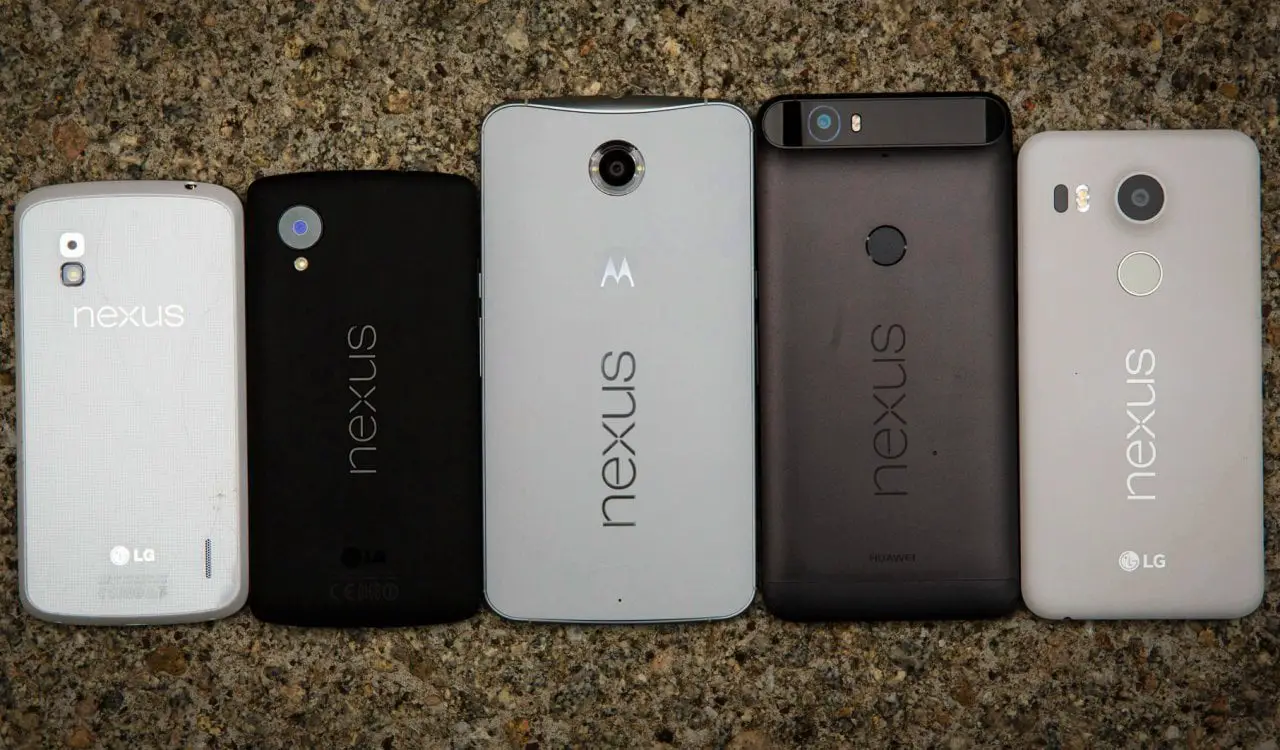
Google Nexus
- Product Type: Smartphone, Tablet, & Digitial Media Line
We should mention Google’s parent company, Alphabet Inc., has made a lot of failed tech products. Thus, we won’t cover them all and focus just on their biggest failures. First up is the Google Nexus, a tablet and smartphone line that used the company’s Android operating system. The Nexus One smartphone saw a lot of positive reviews from critics. The issue is that they sold for triple the cost of most phones, and only sold it via its online store. They also made an exclusive deal with T-Mobile, one of America’s smallest cellular companies. Google’s attempt to rival the iPhone was a huge flop with the first Nexus phone and all the other Nexus phones they put out ever since. Every product was massively overpriced and did not do anything revolutionary at all.
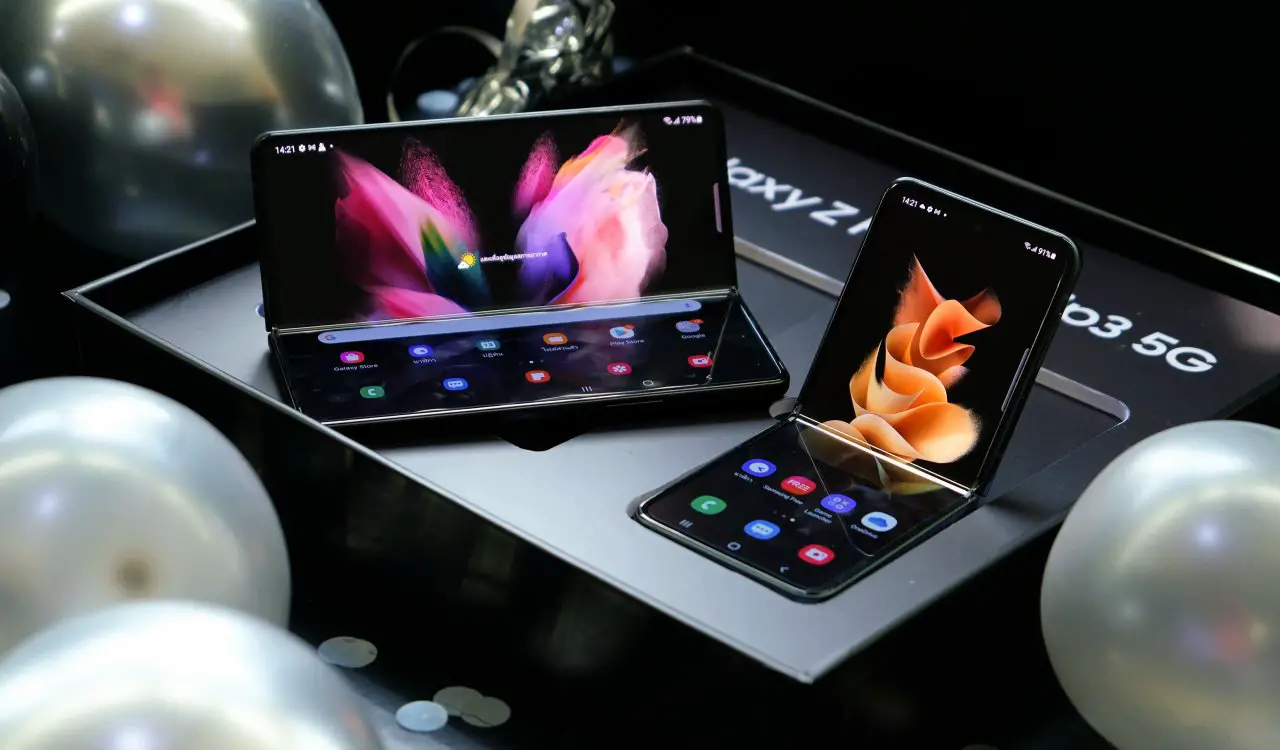
Samsung Galaxy Fold
- Product Type: Smartphone
Well, this went about as well as most people thought it would. Samsung is yet another company with many failed tech products. Initially, the Samsung Galaxy Fold seemed like an interesting idea. A product that could be relatively large but fold up nicely to fit into your pocket. However, the company technically lied or misrepresented how many folds the device could handle. They claimed they had “tested up to 200,000 folds,” but the display failed at a little over 120,000 folds at best. This made the $2,000 device hardly worth such a price, not to mention issues with screen flickering, slow performance, and even the dual messenger feature not working after the recent Android 12 update.
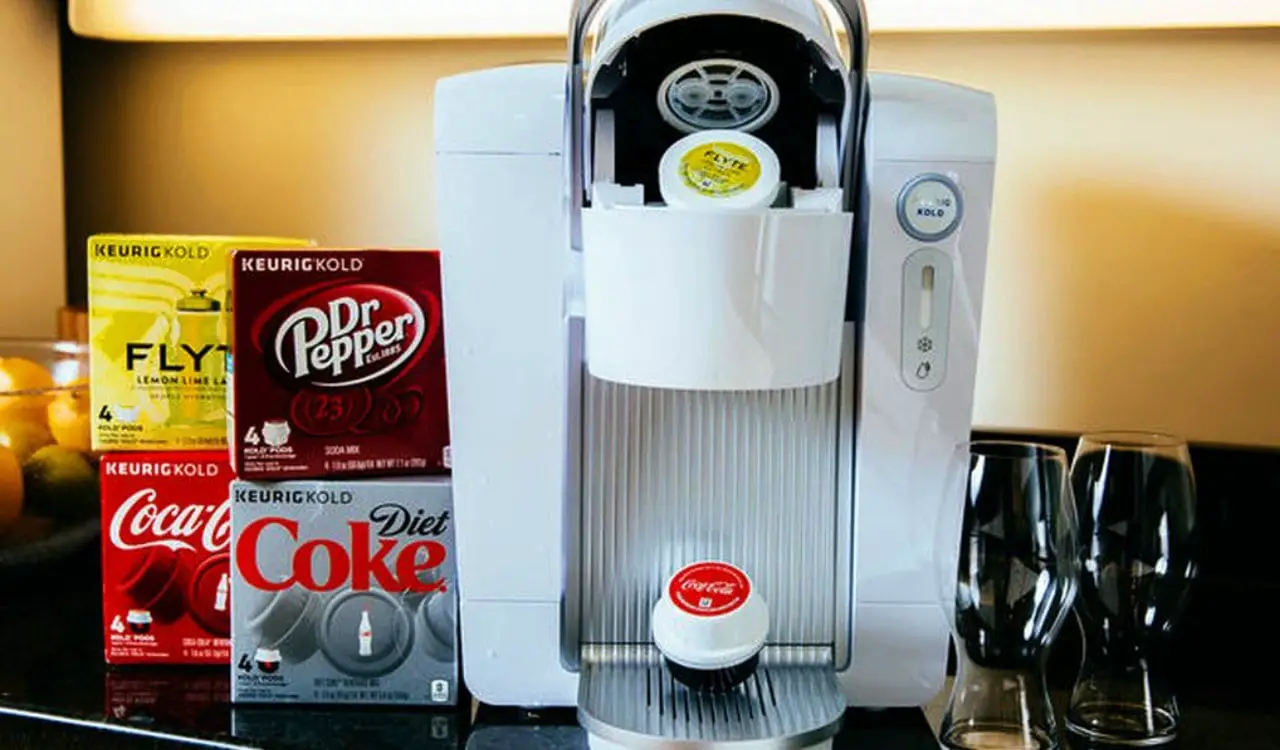
Keurig Kold
- Product Type: At-Home Soda Maker
The Keurig company is relatively good, so it was kind of shocking to see one of the most infamous failed tech products in recent memory come from them. The company introduced the Keurig Kold in 2015, which was meant more for making sodas than coffee. They even had a deal with Coca-Cola to sell their pods for the device. Yet the Kold had several issues that made it a failure. First, it likely did not sell very well to start with due to the high asking price of around $370. Second, many felt it was often too big, loud, and inconvenient for making soda. Plus, it was often unreliable when making sodas and could even make them taste kinda off. It made more sense just to buy a Coke. On top of that, American soda consumption has been going down for many years now anyway.
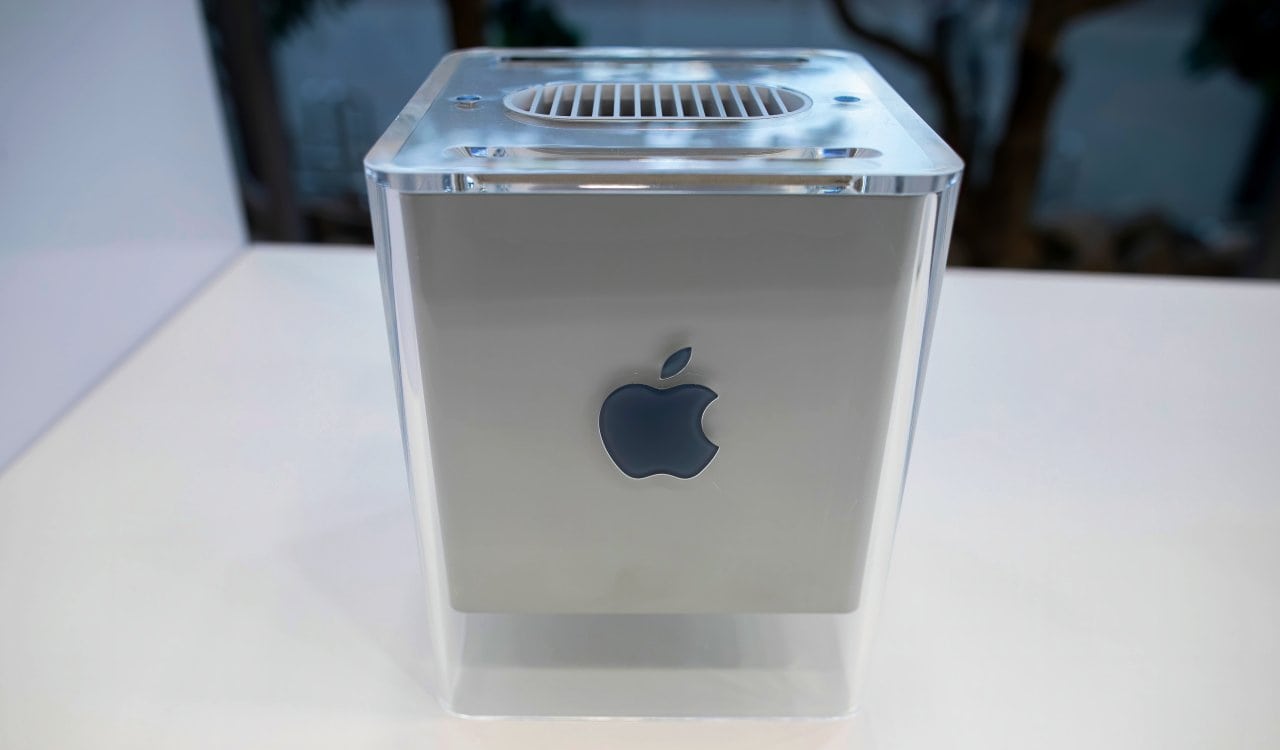
Apple G4 Cube
- Product Type: Personal Computer
Honestly, while Apple might be behind some of the most innovative tech products in recent memory…they had quite a list of failed tech products before that. Likely the biggest was the Apple G4 Cube, which nearly bankrupt the company. Apple CEO Steve Jobs sort of dreamed up the idea of making a powerful, miniaturized desktop computer. This led to the G4’s creation and rollout between July 2000 and 2001. However, this personal computer cost a lot of money and took it out of the price range most could afford. The power, limited expandability, and clear cosmetic issues caused it to fail. It only sold 150,000 units before production was suspended. Interestingly, the G4’s initial concept led to Apple’s movement into the iPod and Mac Mini, even to its now infamous line of extremely powerful laptops.
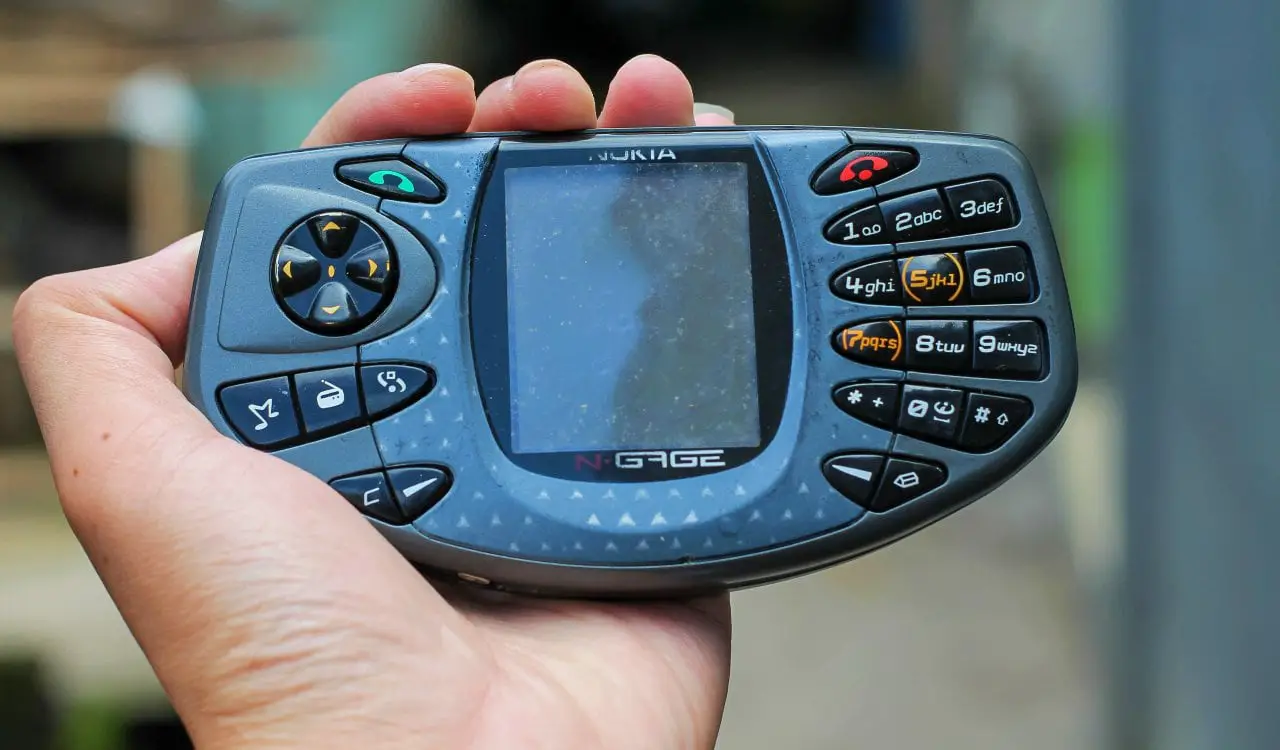
Nokia N-Gage
- Product Type: Video Game System & Phone
In a way, we have to hand it to Nokia for trying to enter the video game space at a time when so many were trying to do so. By 2002 when they released the N-Gage, Nintendo and Sony were already capturing everyone’s attention. Nokia wanted to get Game Boy Advance users to jump ship and to do so, they included telephone functionality. The issue was that the buttons were really designed for phone use but not for gaming. The “taco phone” as it came to be called due to its shape had other issues too. Not only were new smartphones coming out soon after but the system lacked game selection and had poor reviews from most gamers.

JooJoo Tablet
- Product Type: Internet Tablet
There were many issues from the start that made the JooJoo Tablet one of the most notable failed tech products of all time. First, Fusion Garage had countless issues with Michael Arrington, who they worked with on the tablet. He came up with the CrunchPad a year before Apple’s iPad was released. Fusion Garage was going to call this the CrunchPad but then in 2009 they informed Arrington they would be selling the product without him, leading to a lawsuit and delays. The JooJoo was released at a cost of $500, which was their first mistake. The goal was to compete with Apple’s iPad yet compared to the iPad, this tablet had a larger screen but looked worse overall. The software was horrific and everything was not just unintuitive but complicated to use. Leading it to be a complete failure on the market.
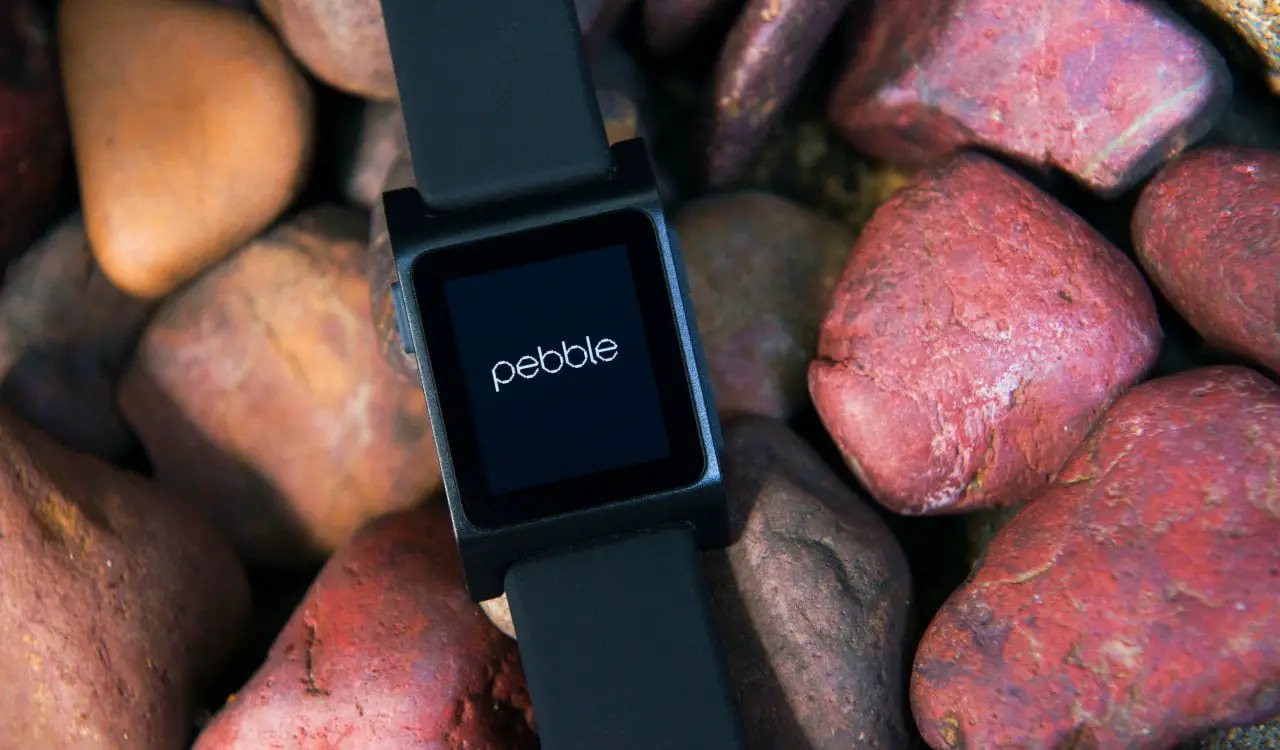
Pebble Watch
- Product Type: Smartwatch
In a way, we have to respect the Pebble Technology Corporation, as they funded their Pebble Smartwatch through a Kickstarter campaign from April 2012 to May 2012. The campaign managed to raise a little over $10 million, the most funded Kickstarter campaign ever at the time. By January 2013, their smartwatches began shipping out. The watches worked with both Android and iOS devices and there were many Pebble-compatible apps from ESPN, Uber, GoPro, and others. These watches were a real success. What made them fail? Pebble began to experience financial issues, leading to the intellectual property of the watches being purchased by Fitbit in 2016. This led to Pebble shutting down. They would not honor any existing warranties and they’d no longer continue support for any devices.
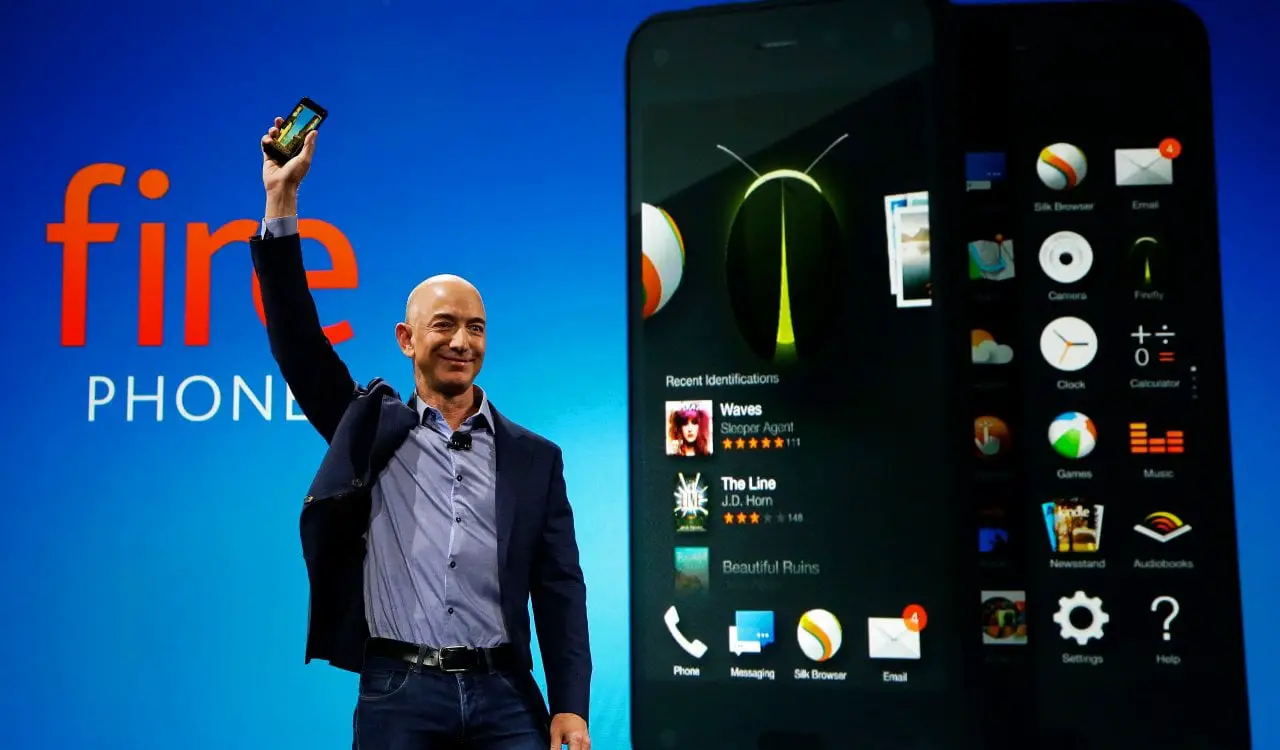
Amazon Fire Phone
- Product Type: Cell Phone
Amazon extended itself into the cellular phone department in 2014. The company is worth billions so dropping nearly a quarter billion to get involved in this field wasn’t an issue. The Amazon Fire Phone was a complete failure and by late 2014 at least $83 million worth of phones remained in stock off of their $170 million investment. It sold for a then-costly $200 on a two-year plan. While it used the Android operating system, Amazon only allowed the app store to sell specific apps made for Fire phones and tablets. Meaning developers had to make two versions of Android apps leading to 240,000 Fire apps and more than a million Google Play Store apps. The phone could also scan around 100 million real-world objects, but this was only done to get people to buy more stuff from Amazon!!
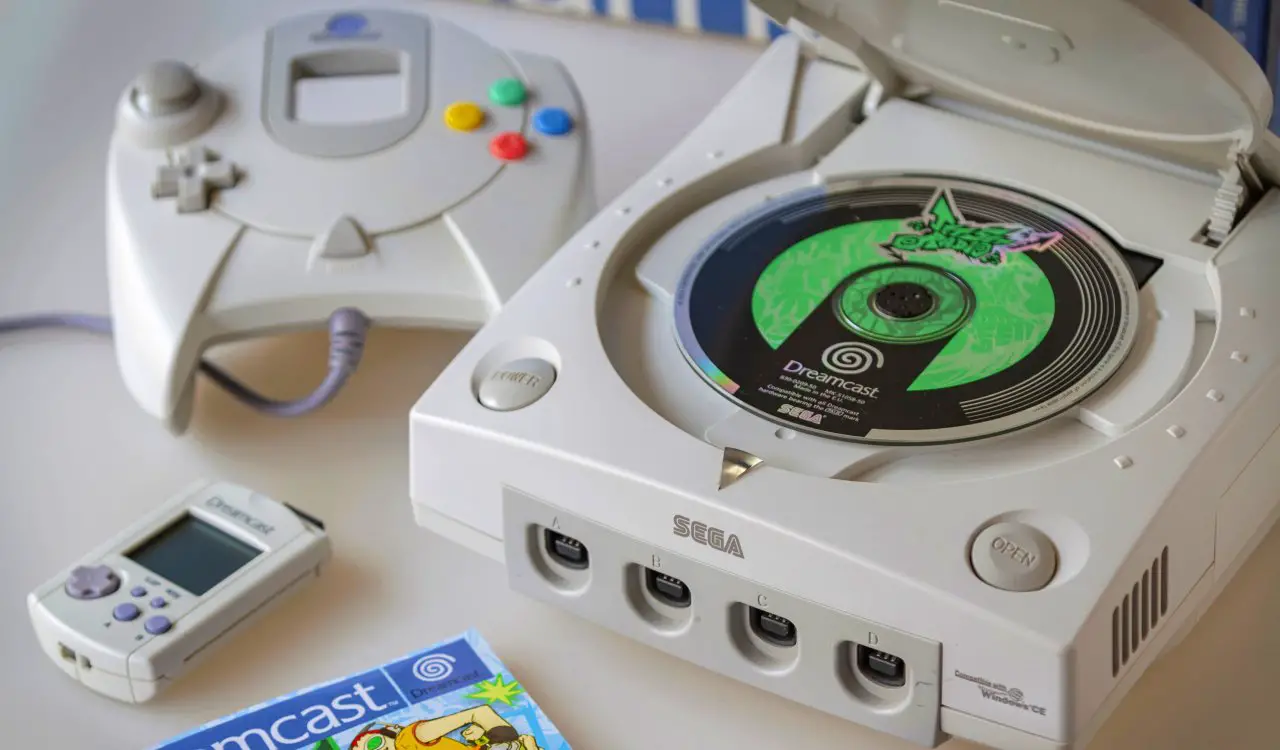
SEGA Dreamcast
- Product Type: Video Game Console
At one point, Nintendo and SEGA were pretty competitive with each other. However, when Sony released the first PlayStation, Nintendo managed to stay relevant but SEGA couldn’t without a new system. That led to them releasing the Dreamcast console. However, SEGA experienced several issues with not only their device but the game studios too. While SEGA did get a lot of third-party support, many top developers refused to make their games available to the Dreamcast including EA Sports, Rockstar North, and Squaresoft. Unlike the PS2 and ,later, the X-Box, Dreamcast did not play DVDs as it did not use normal discs. Instead, they opted for a SEGA exclusive game type. The controllers were overly large and did not have a second analog stick, making games harder to play too.
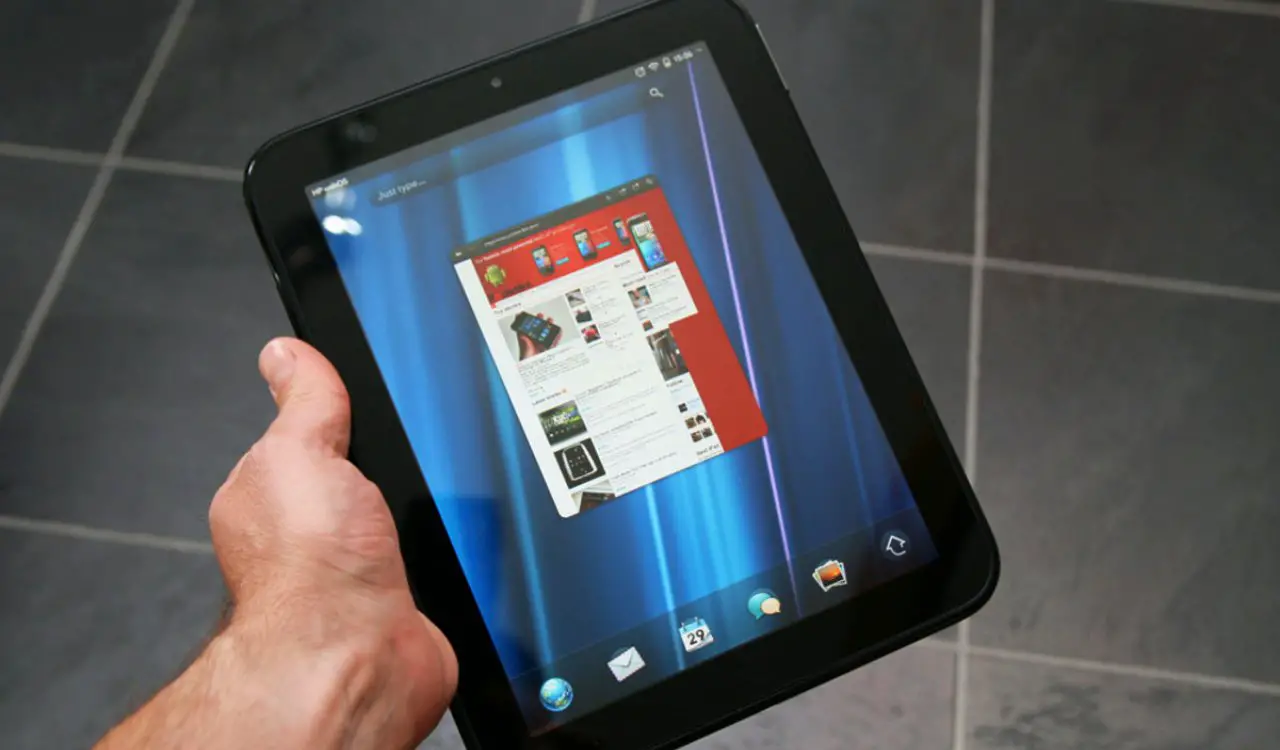
HP Touchpad
- Product Type: Internet Tablet
Initially, the team at Hewlett-Packard was pretty excited about rolling out the new HP Touchpad in 2011. Apple’s iPad was a major success so many tech companies wanted to make tablets to get in on that. HP and others could make tablets at a lower cost too. The HP Touchpad used initially innovative HP/Palm webOS and could likely do quite well, so by the Summer of 2011 they rolled out their new tablet. Yet they did this with very little fanfare and almost no advertising. Management differed on whether or not to get into the mobile space before this, and the tablet was even built on flawed software. Apps and developer support were almost nonexistent, leading to a true failure overall. They did not stick around in this territory to build on any successes they had and just ended the Touchpad line completely.
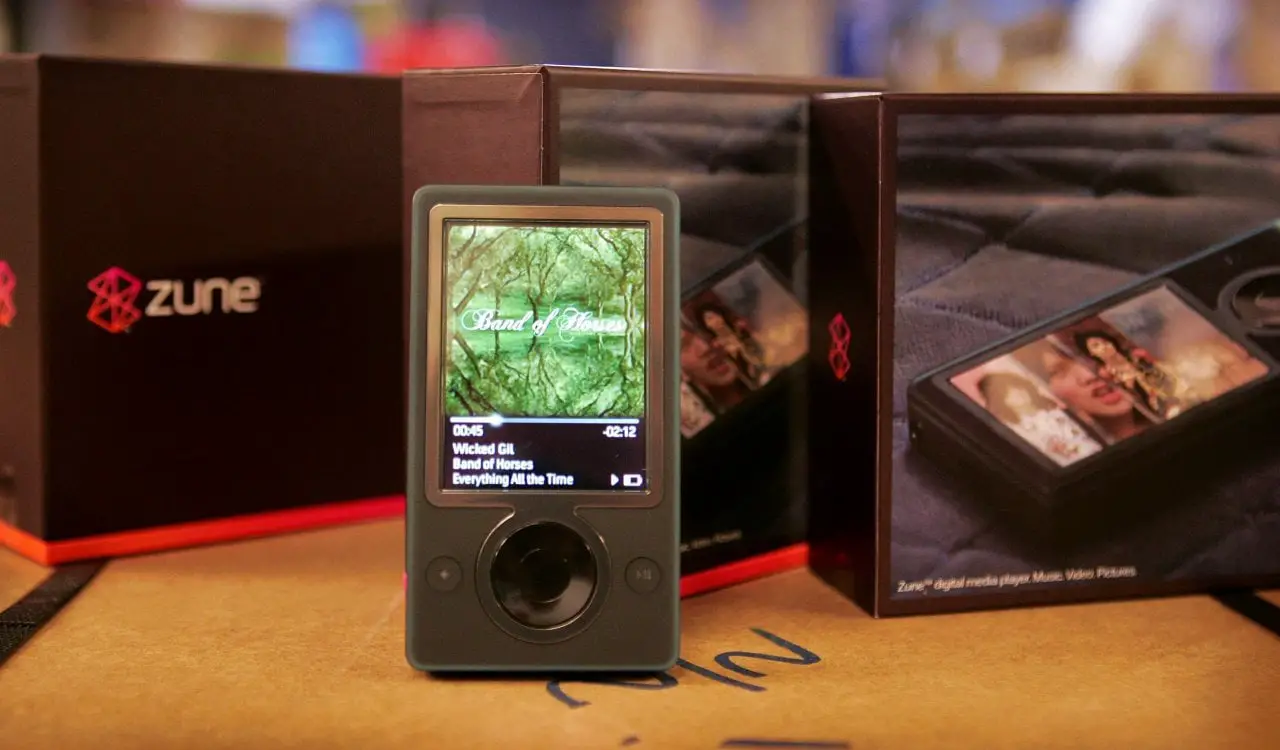
Microsoft Zune
- Product Type: Portable Media Player
The Microsoft Zune was not a bad device but this portable media player faced an uphill battle from the start. It had to compete with the worldwide phenomenon that was the Apple iPod. The iPod launched in 2001 while the Zune came out in 2006, which is a big deal honestly. Apple launched the iTunes store around the time the iPod came out, reinventing music buying forever. They cornered the market, meaning Zune users likely needed to use iTunes to download songs anyway. Microsoft was late to the MP3 party and Apple was making changes to address user needs before the first Zune even came out. Thus, any new iPod would be better. It should also not be ignored that Microsoft barely promoted its Zune, so how were people ever going to care about it?
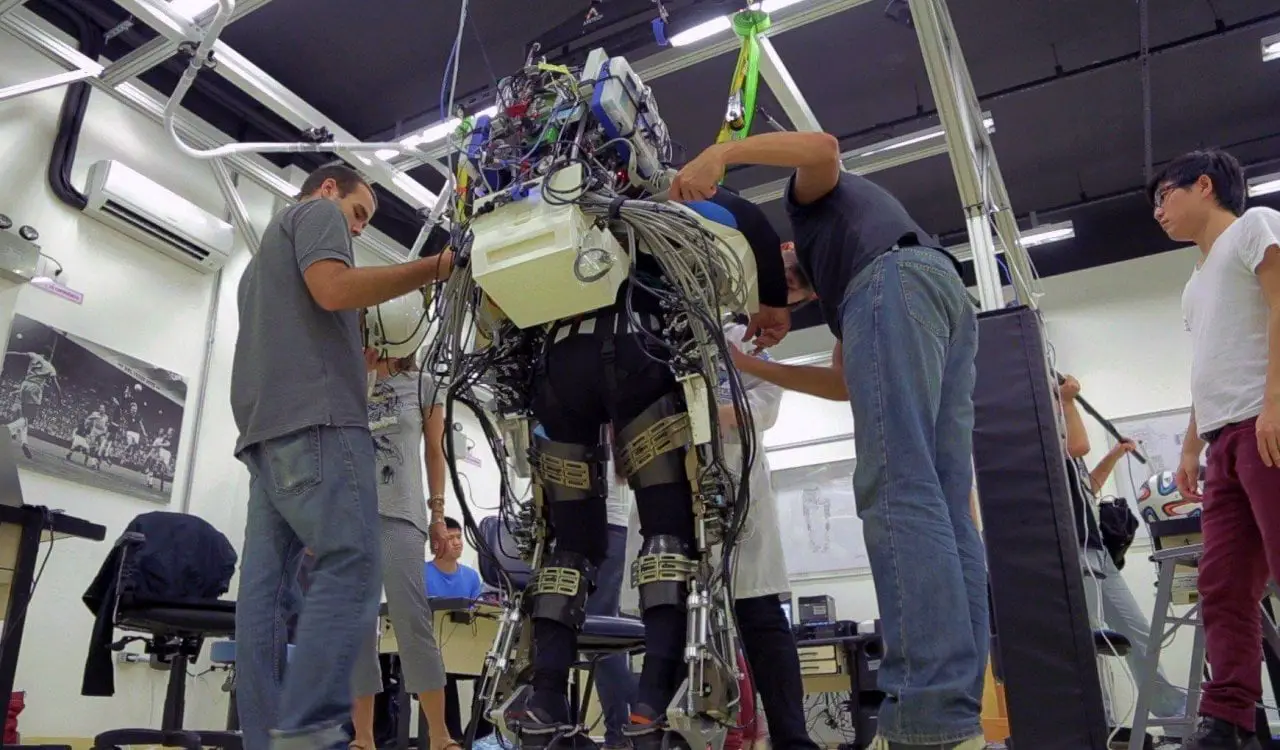
EEG Exoskeleton
- Product Type: Rehabilitation Robotics
While many companies have tried to make a successful EEG Exoskeleton for rehabilitation, none succeeded. The initial game plan was to use brain signals taken by an EEG cap. Yet those signals did not seem to be strong enough to move them. Another issue was that the exoskeleton is essentially trying to anticipate your moves to allow for more normalized movement. This often did not go well and caused people to fight with the exoskeleton, which then causes a change in your brain only further causing the exoskeleton to not work right. Muscles would be overused and higher forces would be put on the lower back, causing pain and potential injuries. Exoskeletons used in the military work relatively well but those used in rehabilitation simply do not right now, plus they are overpriced for most to afford.
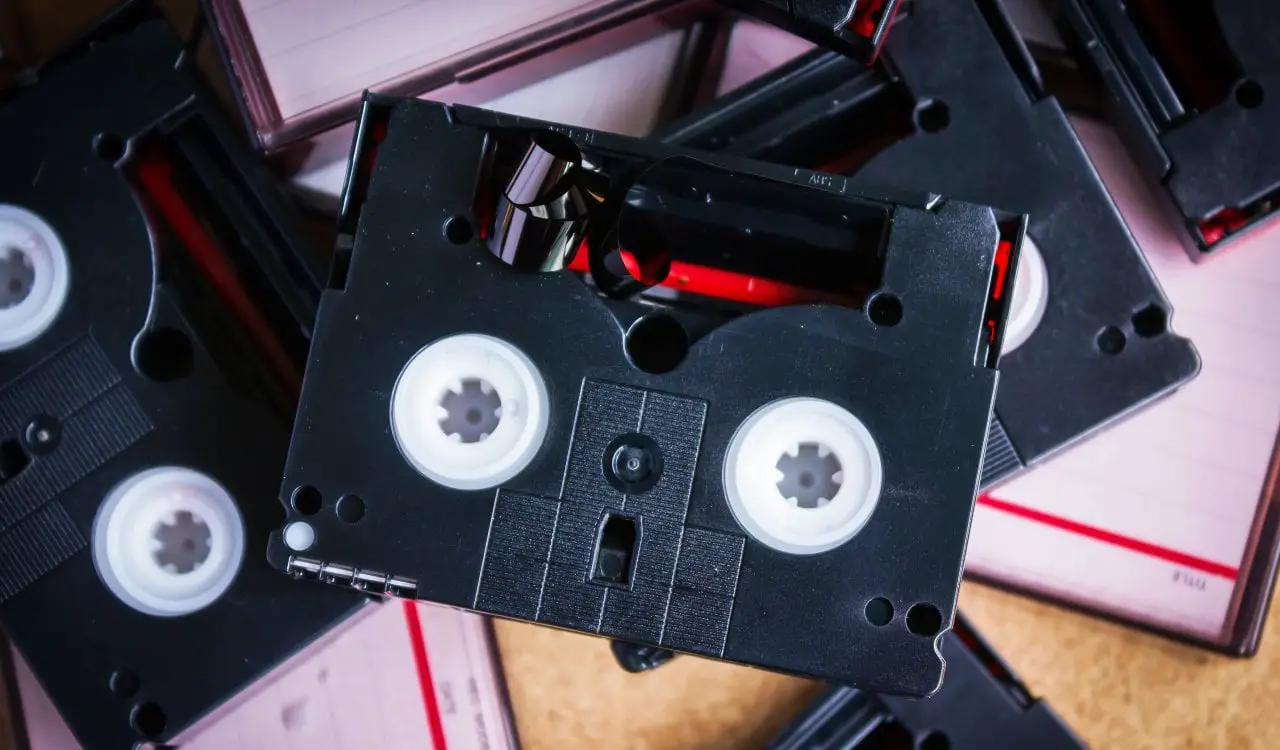
Sony Betamax
- Product Type: Video Cassette/Cassette Recorder
It is claimed that the Sony Betamax is one of the most notable failed tech products of the last 50 years. Yet this isn’t exactly fair as it did sell relatively well. The Betamax was an analog recording and cassette format of magnetic tape for video. Pretty much just a video cassette recorder. Of course, it ended up losing out to its biggest rival, the VHS. Released in 1979, the Sony Betamax did do well against VHS until it couldn’t compete any longer by the late 1980s/early 1990s. Sony had the last laugh when DVDs overtook the VHS, then again with their BlueRay invention.
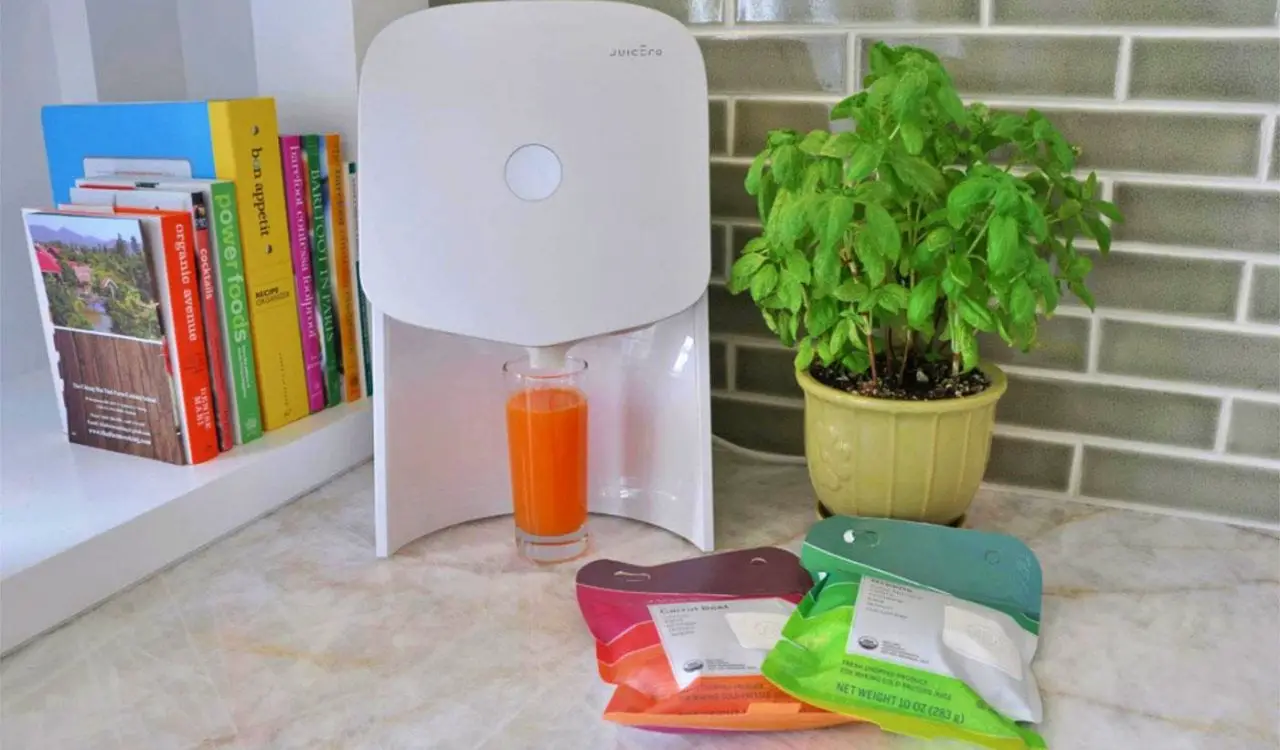
Juicero
- Product Type: Juicer
Not everything that starts up in Silicon Valley ends up being a success, and this is a good example of that. The Juicero is a fruit and vegetable juicer that was, for some reason, WiFi connected. It used proprietary, single-serve packets of pre-chopped fruits and vegetables sold only by the company and by subscription. However, Juicero’s juice packets could be squeezed just as easily by hand as by the juicer itself. In 2017, the company announced it was suspending sales and even repurchasing the juicer from its customers along with searching for a buyer for the overall IP. Juicero was overpriced, had a terrible business model, and was useless.
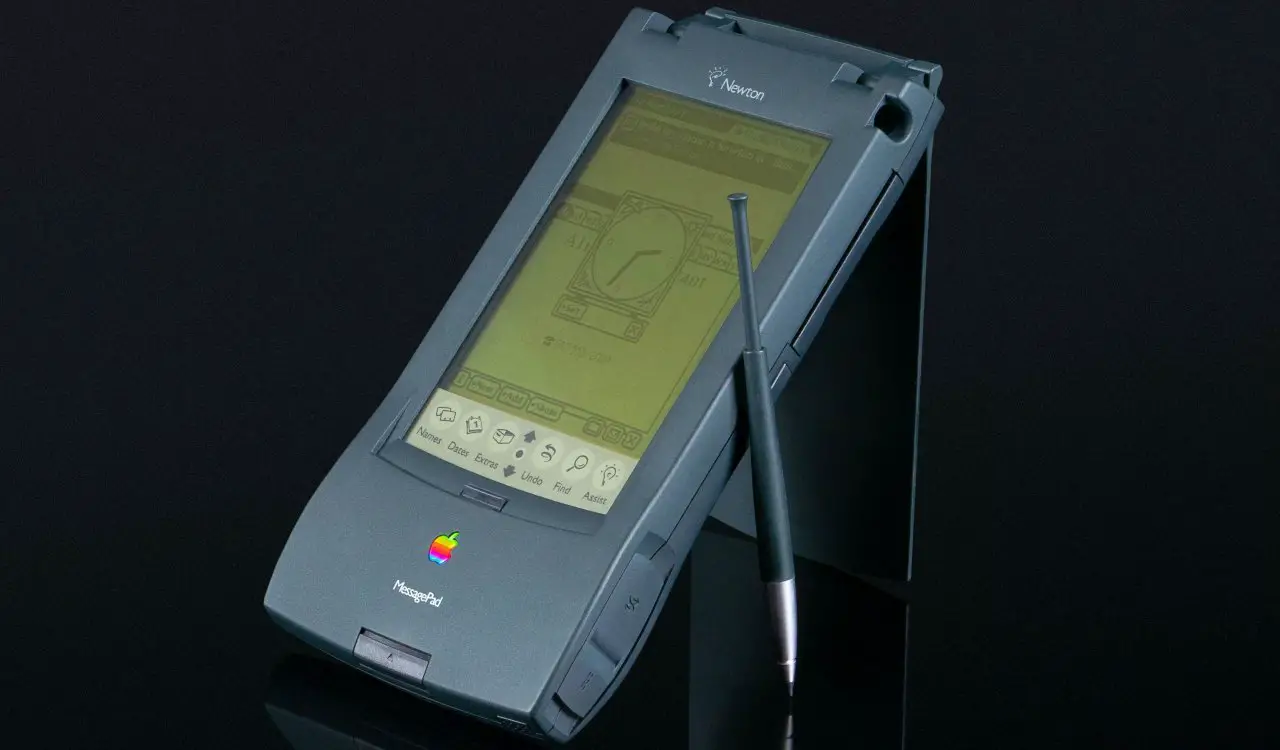
Apple Newton
- Product Type: Personal Digital Assistant (PDA)
To be fair to Apple, this product was not exactly a bad idea. The Apple Newton was an early form of the PDA, a term it originated. It had handwriting recognition too, which was revolutionary for its time. The device ran on Apple’s own proprietary operating system, the Newton OS. It also ran on the ARM 610 RISC processor. While innovative, Newton was ultimately one of Apple’s biggest failed tech products of all time. It was high-priced out of the gate and had problems with its most notable feature, handwriting recognition. Steve Jobs, gone from the company at the time, hated the device. When he returned, he killed the entire Newton line. However, many say that Apple Newton’s successes led to the invention of the iPhone.
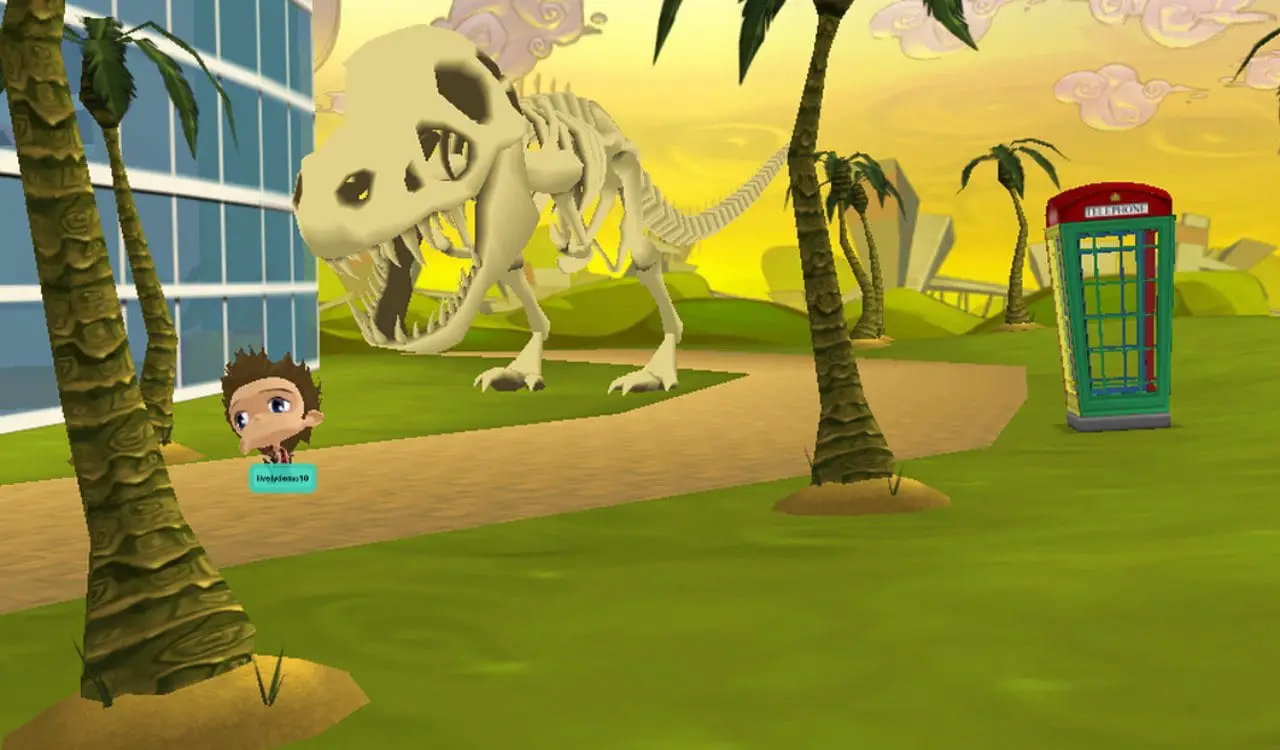
Google Lively
- Product Type: Virtual Environment
Google Lively was a web-based virtual environment, which in theory seemed amazing. People simply had to download it online and upgrade or download Flash. The program integrated with the internet and provided a new way to access information. Lively embedded “rooms” into any HTML webpage, offering a two-dimensional format while communication on a topic was made into a three-dimensional room in the same program. It failed for numerous reasons. Personalization was not good enough and controls were pretty difficult to deal with. Simply put, the virtual environment wasn’t useful for most companies or users. Plus, even though Google did not make it for this, people seemed to be mostly interested in the tool for sex and violence. It was officially shut down in late 2008.
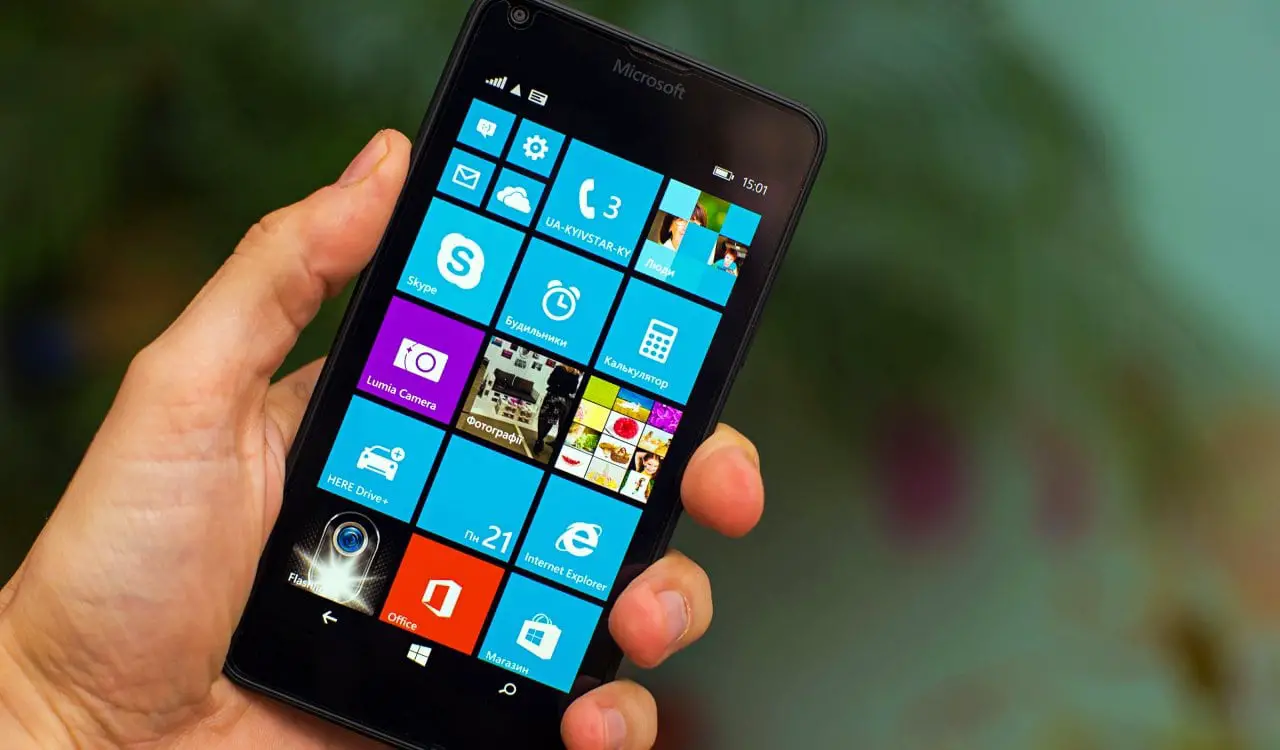
Windows Phone
- Product Type: Smartphone
Getting into the mobile tech world is not exactly easy, so most end up making a lot of failed tech products. Yet Microsoft had the money to really make a mark in this area, yet just like Amazon with its phone, they failed. The Windows Phone failed for several reasons. First, they underestimated what Google brought to the mobile party through Gmail, Search, YouTube, and its Maps. In 2012, Google stopped funding apps for both Windows Phone and Windows 8. This really hurt the phone’s capabilities. Just like Amazon, Microsoft had its own store for applications which forced developers to make special apps using Windows software. Plus, the mobile industry was moving faster than Microsoft could keep up. As of now, 2022 is the last year Microsoft will support or make Windows Phones.

The Hoverboard
- Product Type: Personal Transportation Device
No, you did not miss anything. We did not have a “real” hoverboard around that randomly failed. There have been quite a few hoverboards, which ultimately became failed tech products. However, even the best have problems. The U.S. Consumer Product Safety Commission reported at least 12 incidents in 2015 where lithium-ion batteries for hoverboards caught fire. By July 2016, they updated the number to 60 reports of hoverboard fires, totaling around $2 million in property damage. No one knew why they caught fire. Some just exploded while charging, others caught fire while people were riding them. One even caught fire just sitting near a kiosk stand near a Washington Shopping Mall. Simply put, the makers of these products neglected safety and did not seem to care about fixing the problem.
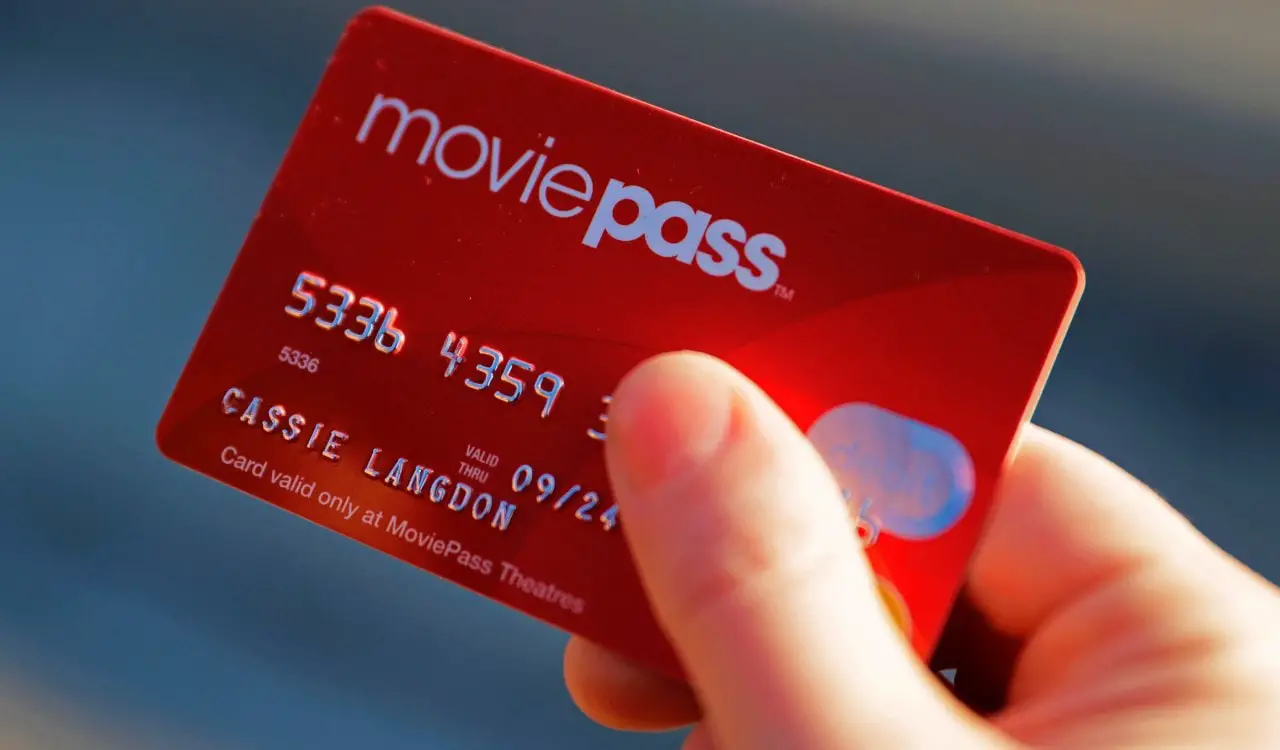
MoviePass
- Product Type: Movie Ticket Subscription Service
MoviePass is “technically” a tech product that was ultimately a huge failure for a variety of reasons. Users would subscribe for $10 monthly and get up to three movie tickets they could use any time that month. Subscribers would use an application where they’d check in at a local theater and choose a movie and showtime. It would load onto a card that you’d use at the theater. Yet MoviePass didn’t consider the costs. Since movie tickets cost around $15+, the $10 fee meant they’d operate at a loss on just one ticket. Three though? It was never going to work. MoviePass was never going to be sustainable long-term and everyone knew it.

Healthcare.gov
- Product Type: American Insurance Assistance Website
We want to be fair here and mention that Healthcare.gov is working relatively well right now as of this writing. Yet when it first launched, it had some problems. The website launched soon after the passing of the Affordable Care Act in the United States and was part of the Health Insurance Marketplace. This allowed Americans to get financial assistance to help them afford proper healthcare if they qualified. Yet people ended up seeing a “Please Try Again Later” message on the website during the first week it went live. Sometimes it completely crashed or had sluggish response times. The reason for the problem was the high volume of viewers. They expected around 50 to 60,000 viewers but ended up seeing close to 250,000!! It just wasn’t ready for that kind of traffic.
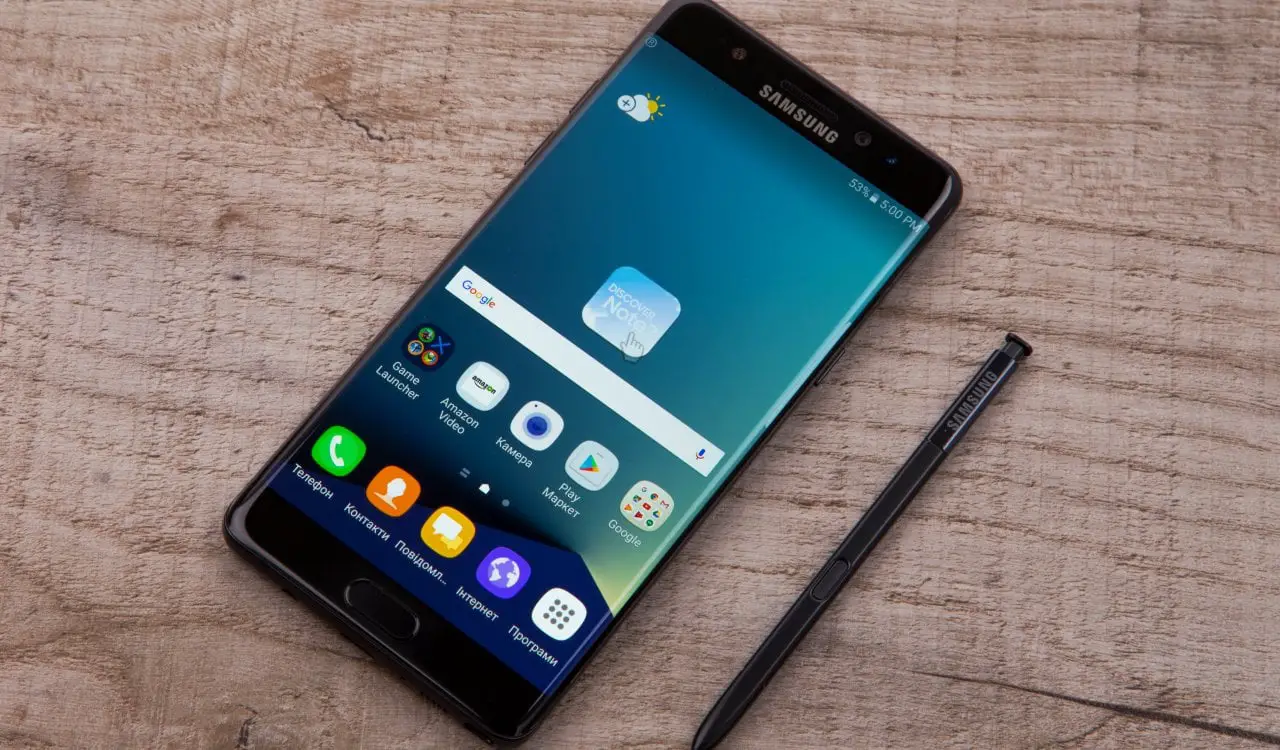
Samsung Galaxy Note 7
- Product Type: Smartphone
While many Android phones have their problems, Samsung has often been known for making some of the better phones with this operating system. Yet the Galaxy Note 7 had a big problem, they randomly exploded and/or caught fire. This made it one of the biggest failed tech products in recent memory. Many phones generate heat when in use, especially if used a lot. However, censors are often installed to shut the phone off to avoid overheating. The Galaxy Note 7 seemed to lack this because a manufacturing error caused the batteries to create excessive heat the censors couldn’t account for. Causing the aforementioned explosions and/or fires.
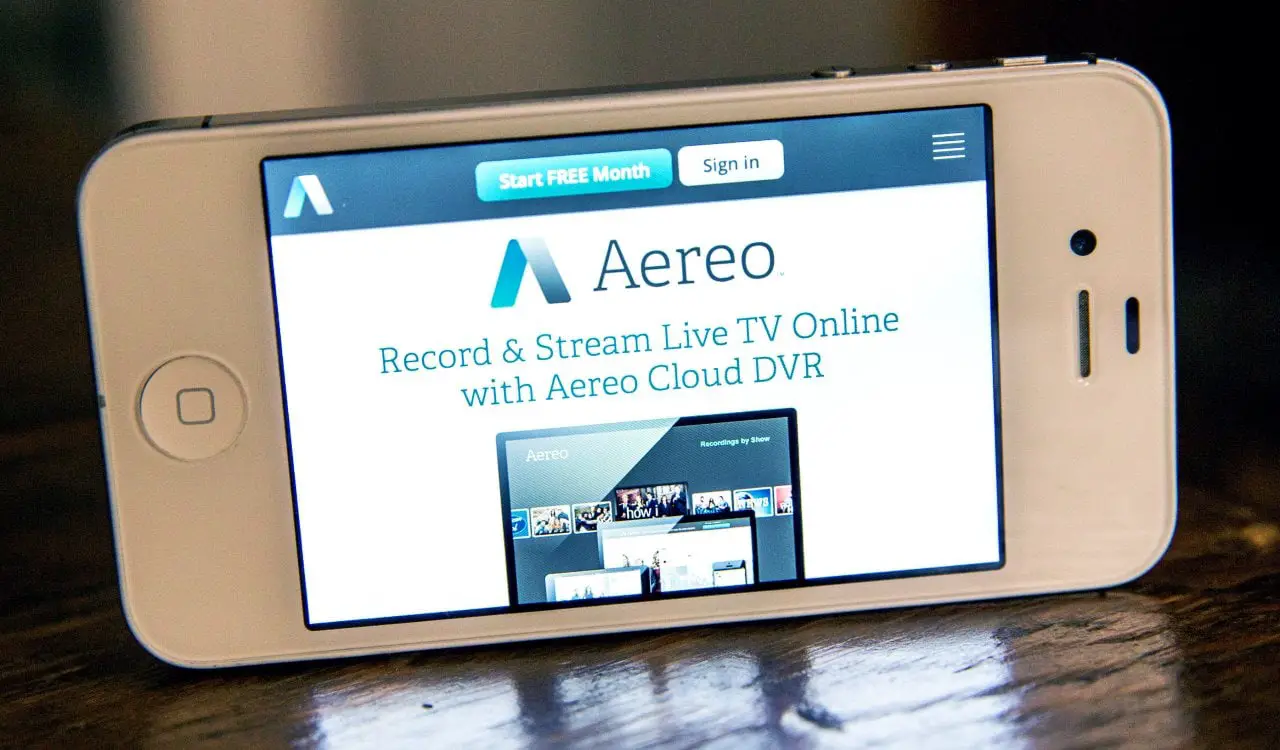
Aereo
- Product Type: Early DVR/Stream Service
Initially, Aereo seemed like a solid investment for people in 2012 when it first launched. At just $12 a month, you could stream television shows from all the major networks in the United States on your phone or tablet. Heck, you could even get most of the major shows on demand. Aereo leased each subscriber an antenna and DVR from their remote warehouse that was accessible via the internet. They initially were only available to customers in New York City and Boston soon after, with plans to get into more cities. The service offered 28 channels that included all major broadcast networks. Yet the networks felt this was a violation of their copyright and the U.S. Supreme Court agreed with them, forcing Aereo to shut down.

Leap Motion
- Product Type: Virtual Reality Hand Tracker
By 2012, many people were sort of sick of the same old stuff in computing. This led to the Leap Motion controller, which was meant to replace the standard mouse and keyboard. Leap Motion manufactured a computer hardware sensor device that used hand and finger motions as input, yet did not require hand contact or touching as one merely pinched the air. Ultimately, it couldn’t replace the reliable mouse or keyboard very well at all. Leap Motion’s real design was the VR space, and its hand tracking was certainly useful for it. However, they could not seem to get hardware makers to sign on, which meant no one in the VR world could use their device. The company merged with Ultrahaptics in 2019 and we haven’t heard much from them ever since.
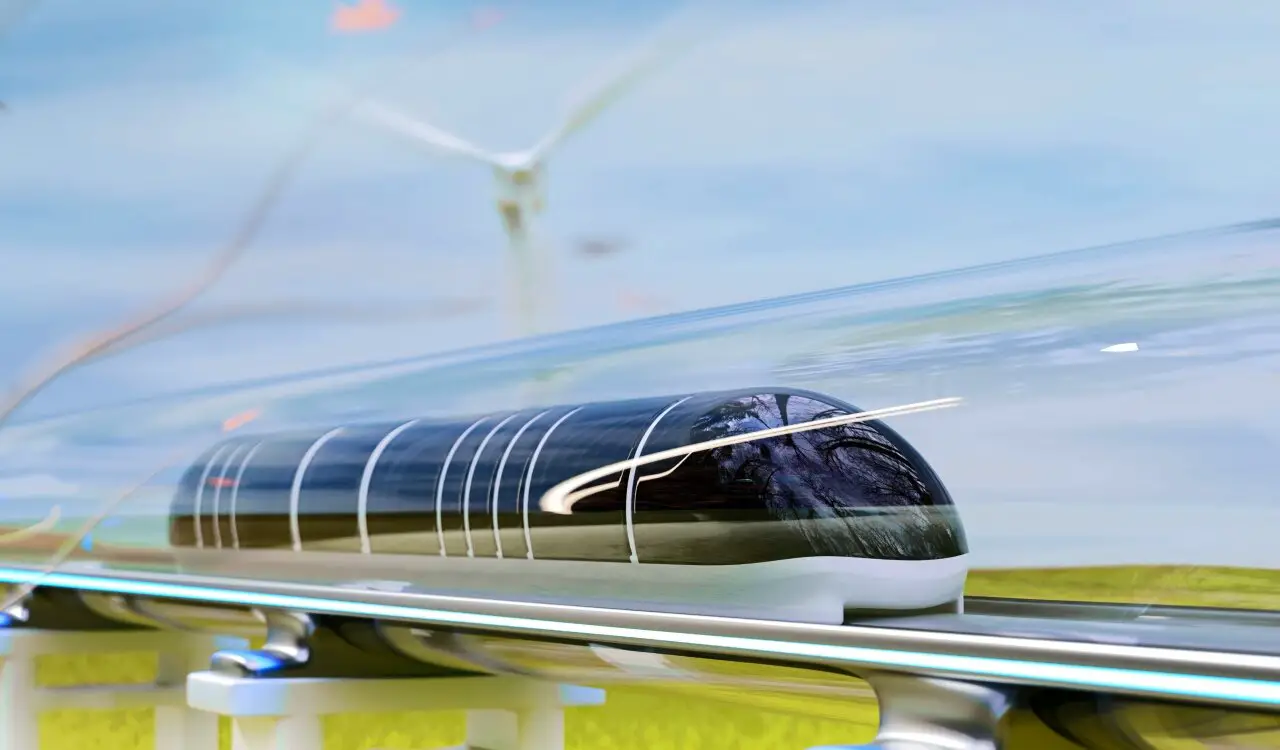
Elon Musk’s Hyperloop
- Product Type: Public Transport
In Japan, it is well known that they have a fast travel service called the bullet train that moves incredibly fast. Other nations have even invested in them as well, but the United States has yet to really do anything like that. Elon Musk felt that this could be improved upon and invested in the Hyperloop which he hyped as “a fifth mode of transport.” He teased it for months in 2013 before unveiling the concept to the world. The system supposedly used pressurized tubes to propel pods across the country at a speed of roughly 700 mph. Yet this back-of-the-napkin sketch could never work according to engineers. The concept had several structural problems, and the cost to do it would be extreme. This led to the Hyperloop becoming one of Musk’s failed tech products before it any rail was laid out.

3D Televisions
- Product Type: Television
You might recall the obsession Hollywood seemed to have over 3D after the movie Avatar came out. Visually, it was stunning but this led to studios feeling darn near everything needed to be in 3D. This once special concept became watered down by its use in movies never really needing 3D at all. This was even dumber when it came to regular television. However, that did not stop companies from making overpriced 3D televisions. Since most shows are not made for 3D, these televisions served no purpose 99% of the time. Meaning you’d overspend for a feature you’d barely ever use. Thus making them one of the biggest failed tech products ever.
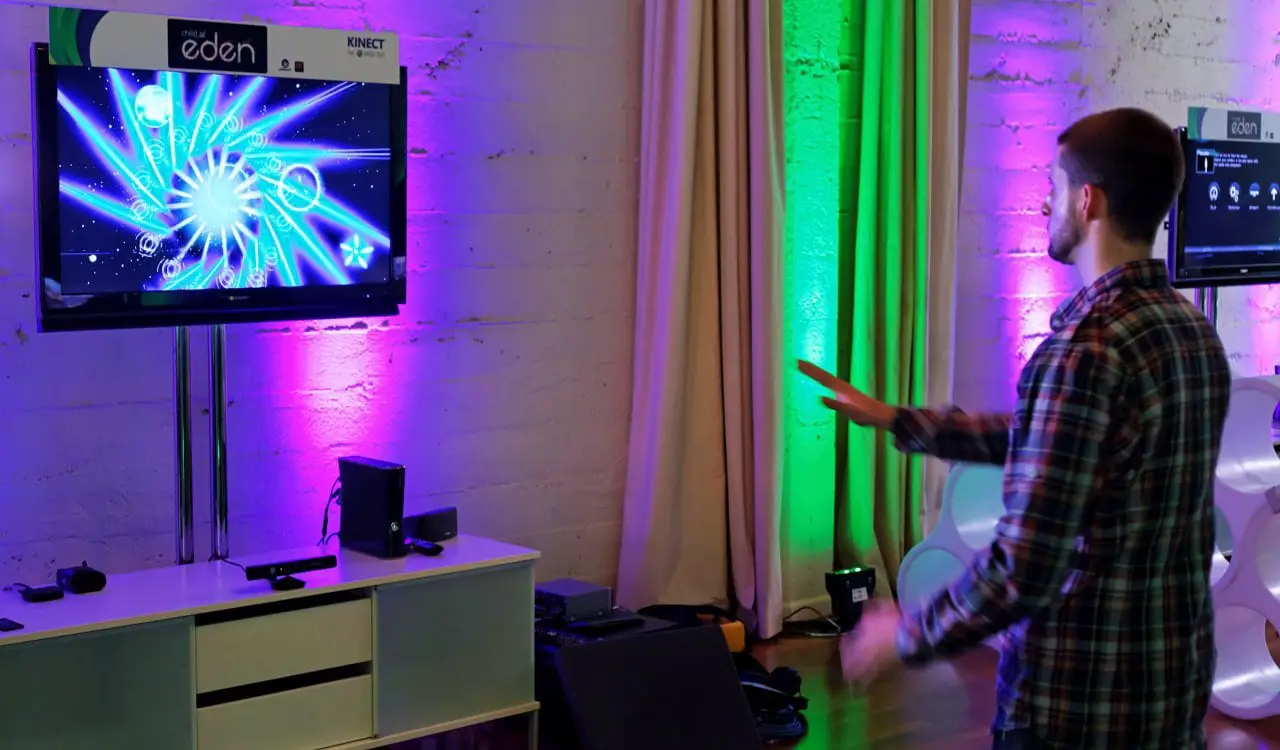
Microsoft Kinect
- Product Type: Video Game Accessory
While the Microsoft Kinect is still in use somewhat, it was initially going to be a huge part of Xbox gaming on the initial Xbox One. It was used well in 2011 for the Xbox 360. The upgraded Kinect 2.0 was going to be included with the Xbox One bundle, so Microsoft hoped game developers would want to find a way to utilize the Kinect in some form. Sony even tried to copy the concept just in case it became the next big thing. Yet third-party developers just did not see the use it provided, especially with its technical limitations. Microsoft assumed it would be huge, yet it ultimately became one of gaming’s biggest failed tech products.
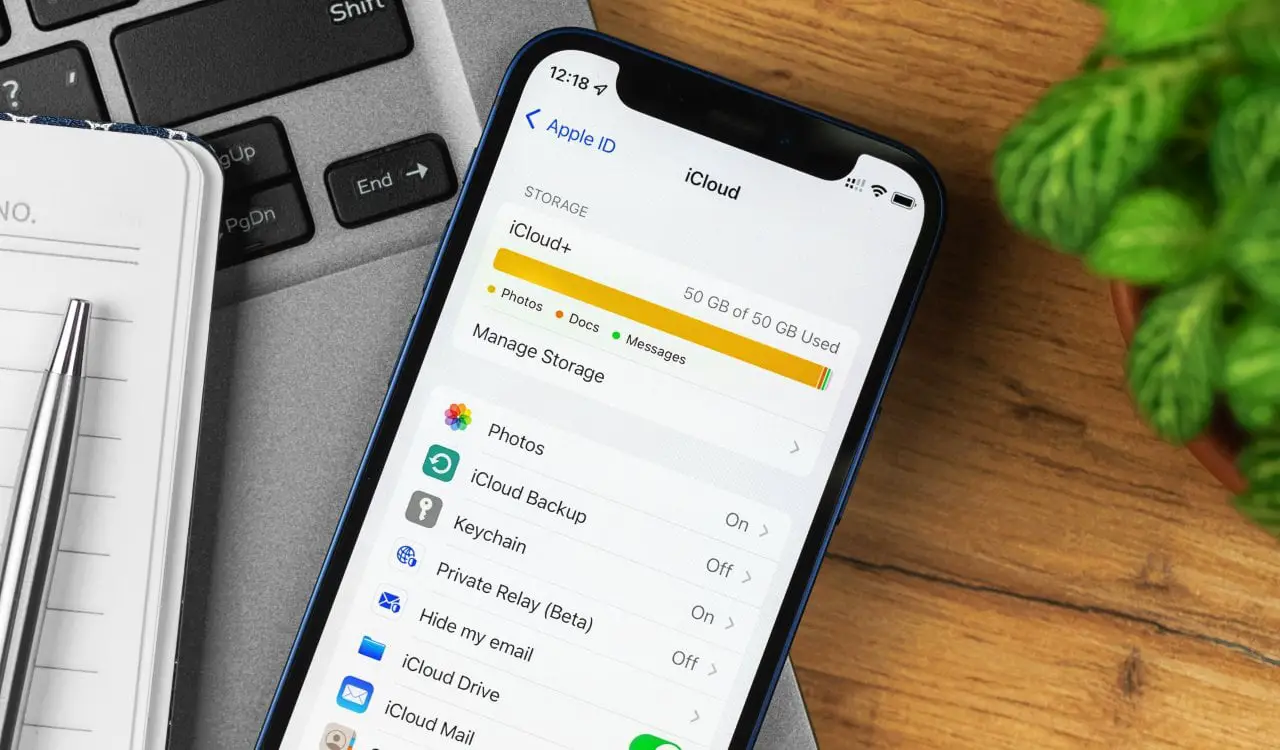
Apple iCloud
- Product Type: Online Data Storage
When “the cloud” was first introduced, most were not really sure if it would be a good investment. While backing up files and photos online that could be accessed anywhere seemed useful, that also meant that it could be hacked. Of course, it’s much harder to hack a random cell phone from anywhere in the world, so saving stuff to Apple’s iCloud seemed problematic. It went further though, as Apple introduced a computer-based algorithm that scanned iCloud Images called CSAM. It would compare them to codes of known child sex abuse images. Apple also admitted to scanning iCloud emails for the same purpose. However, this is a massive invasion of privacy and could easily be misused. There are also infamous iCloud photo leaks of celebrities and many others, making iCloud security kind of a joke at this point.

Google+
- Product Type: Social Media Platform
Most people who use Google-owned material like the search engine itself, YouTube, Gmail, etc. in some form will usually sign up for a Google account. Yet this was not always the case, as one would use different accounts for the various different services. Eventually, Alphabet, Inc. felt they could open a social media platform called Google+ that used the same concept MySpace developed. On top of that, it was great for promotion as the search engine would pick up things people promoted on their accounts. However, the service never worked out and eventually died off. The company then made room for the concept we see today.

Faraday Future
- Product Type: Electric Vehicles
Initially, Faraday Future came out hard as one of the most hyped electric vehicle companies around. The hype behind them made sense, as they were poaching top talent away from some of the most notable tech and automotive companies around. How did they do it? They were run by the Chinese billionaire, Jia Yueting. Yet one big issue with the company was its major secrecy. While this can only make hype grow, it also makes many aware of the business world take a step back. It turns out that Faraday Future has massive mismanagement, pretty sketchy financial issues, and drama that would make soap operas blush. While the company still does exist, they have yet to ship out a single car. At one point we were promised a great EV SUV, but nothing has happened, making them a giant failure.

Meta’s Oculus Rift VR
- Product Type: Virtual Reality Headset
Formerly known as just Facebook, the company recently decided to form a parent company all their platforms would fall under called Meta. Initially, they hoped to add major virtual reality technology to the growing corporation. Oculus began as an independent company in 2011 and was purchased by Meta in 2014 for a total of $2 billion. The Rift tech was designed by Palmer Luckey, but John Carmack (then working with ID Software) used his own software to make it work when it was shown to the world. However, after Meta purchased the company overall, ID Software’s parent company ZeniMax Media, presented a lawsuit against Meta. Claiming the device was made while Carmack still worked for them. A court partially agreed and Meta paid $500 million. Pretty much since this took place, Meta discontinued the Oculus.
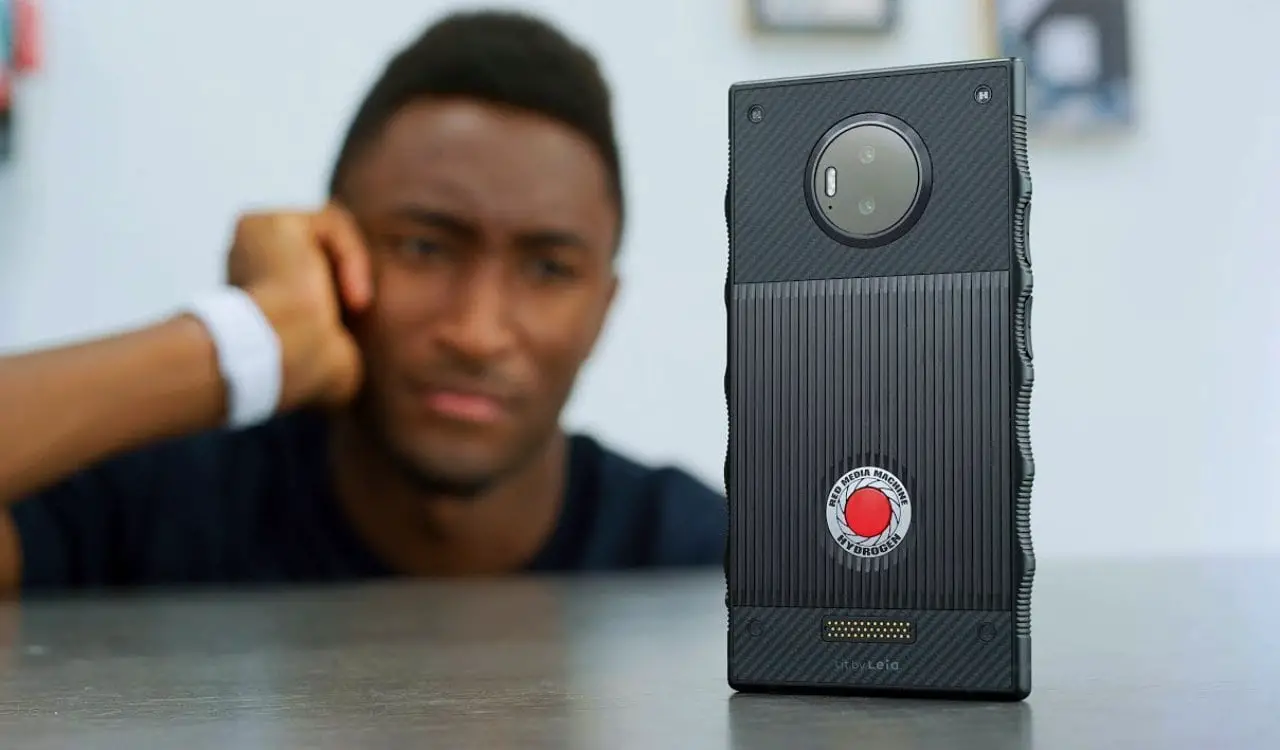
RED Hydrogen One
- Product Type: Smartphone
When RED announced they were getting into the smartphone business, many felt it could be good. After all, they made great cameras already. RED Founder Jim Jannard claimed the company’s Hydrogen One would have a “holographic display” and even revolutionize filmmaking with the phone too. How? They planned to improve on the 3D format with the “4V.” We’d also be able to attach RED cameras to the phone and even use RED’s imaging sensor with compatible lenses. Yet did anyone really see where the “phone” part came in? It came out of the gate badly, as it launched at $1,300. Most of the features turned out horrible, the phone worked terribly, and all the fancy accessories never came out. It was one of the biggest failed tech products in history.

LeEco’s Move Into America
- Product Type: Streaming Company
It is hard to measure exactly how many failed tech products this caused, so we wanted to just go over the story. LeEco is known as the Chinese version of Netflix, and they have been pretty huge there. A few years ago, they wanted to make it big in the U.S. but the gamble did not pay off. Initially, they attempted to buy the Vizio corporation and the aforementioned Faraday Future. The acquisition of Vizio did not work out, and a few lawsuits came out of the attempt. They did acquire Faraday Future, but we all know how that worked out. The founder, Jia Yueting, actually used the company to avoid billions of dollars of Chinese debt. Thus, the move into America did not work out and numerous tech failures took place.
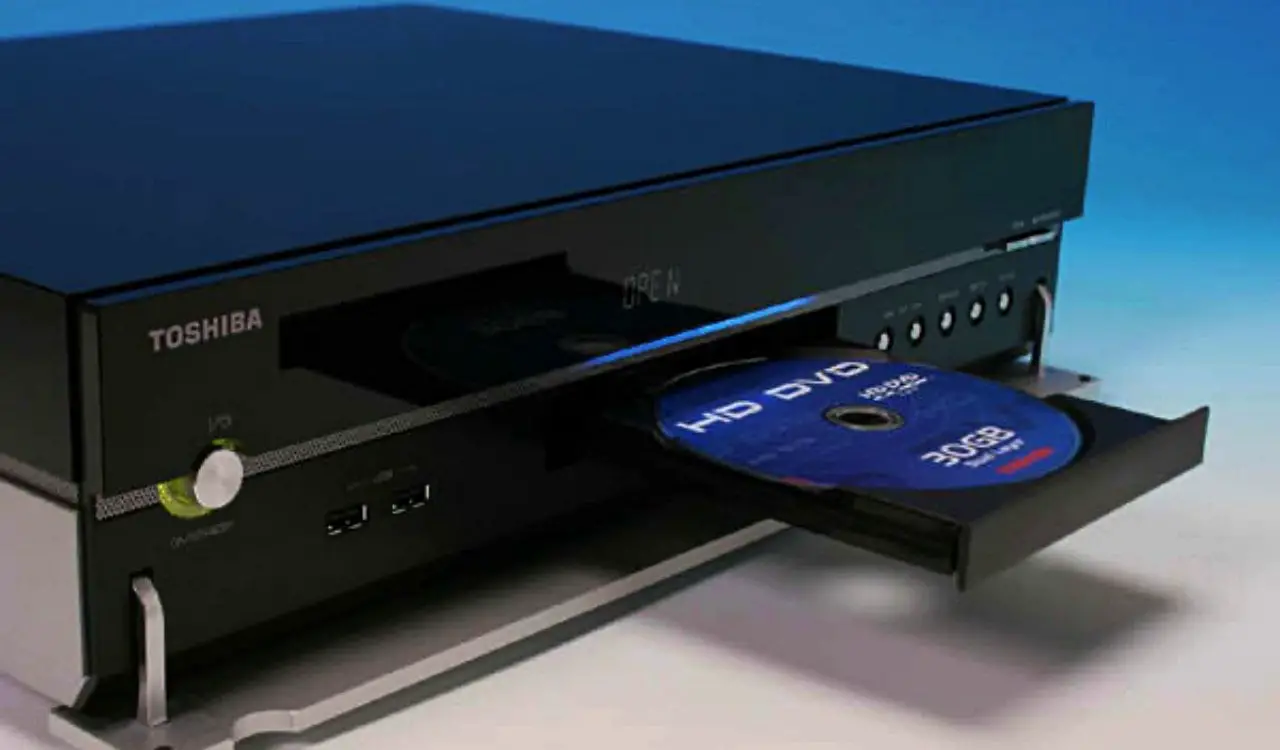
NEX & Toshiba’s HD DVD
- Product Type: Digitial Video Disc
Back in 2002, NEX and Toshiba invented the HD DVD as an improved and high-end model of DVD. This was a huge innovation at a time, especially as high-definition televisions were rolling out. However, they ran into a big problem. Sony was already in the process of developing BlueRay discs and players. They also made PS3 models and beyond capable of playing BlueRay discs and DVDs. On top of this, Sony already owned its own movie studio and had many media partners. This allowed them to push for studios to make their movies into BlueRay discs and that led to a lack of support for HD DVDs. Toshiba reportedly lost around $1 billion USD after the DVD losses. Making the HD DVD one of the biggest failed tech products in recent memory.
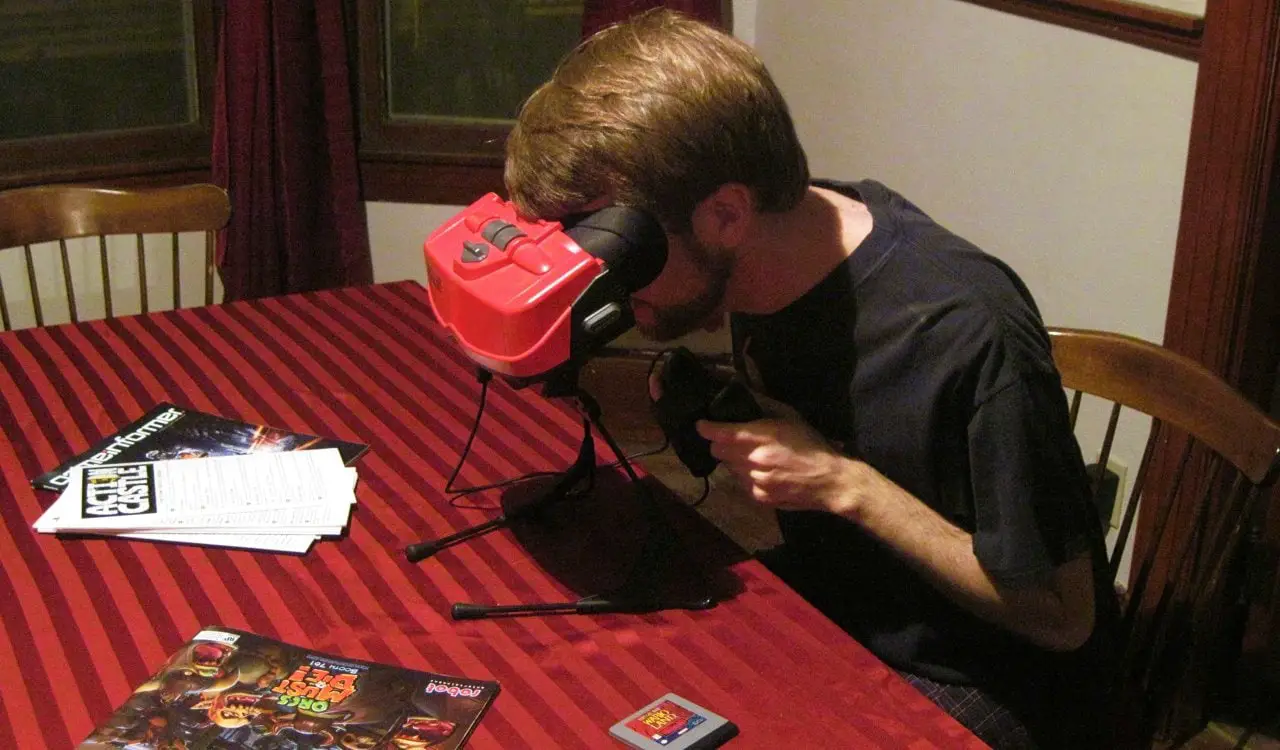
Nintendo Virtual Boy
- Product Type: Virtual Reality System
No, Nintendo did not get some random boy off the street and put him into a virtual world. They only do that with Italian plumbers and gorillas. In the 1990s, many felt that virtual reality was going to be the next big thing. Of course, it did not quite feel as realistic due to the artwork being nowhere near as perfect as today. That did not stop Gunpei Yokoi from developing the “Virtual Boy,” released by Nintendo in 1995. This uncomfortable helmet was put on your head, putting you into what was essentially a tabletop version of what we’d normally see with glasses at a 3D movie. At least they made the world start talking about true VR years ago!

The Segway
- Product Type: Personal Transportation Device
The biggest question we have for the makers of the Segway is, well, why? Launched in 2001, the Segway did not make “headway” for a bit. Initial tests for the public went well, and many were interested in the novelty of this device. Not to mention, the appearance was kind of out there. It seemed futuristic, which essentially made it seem like something you’d see everywhere in major cities. The real problems were clear though. The high price for the item made it hard to afford. Another issue was its practical application. Where would it be used? It seemed to only have a few speeds, and body weight essentially allowed it to move faster as you moved forward. This only made larger users harder to accommodate, and the potential accidents that could happen were abundant.
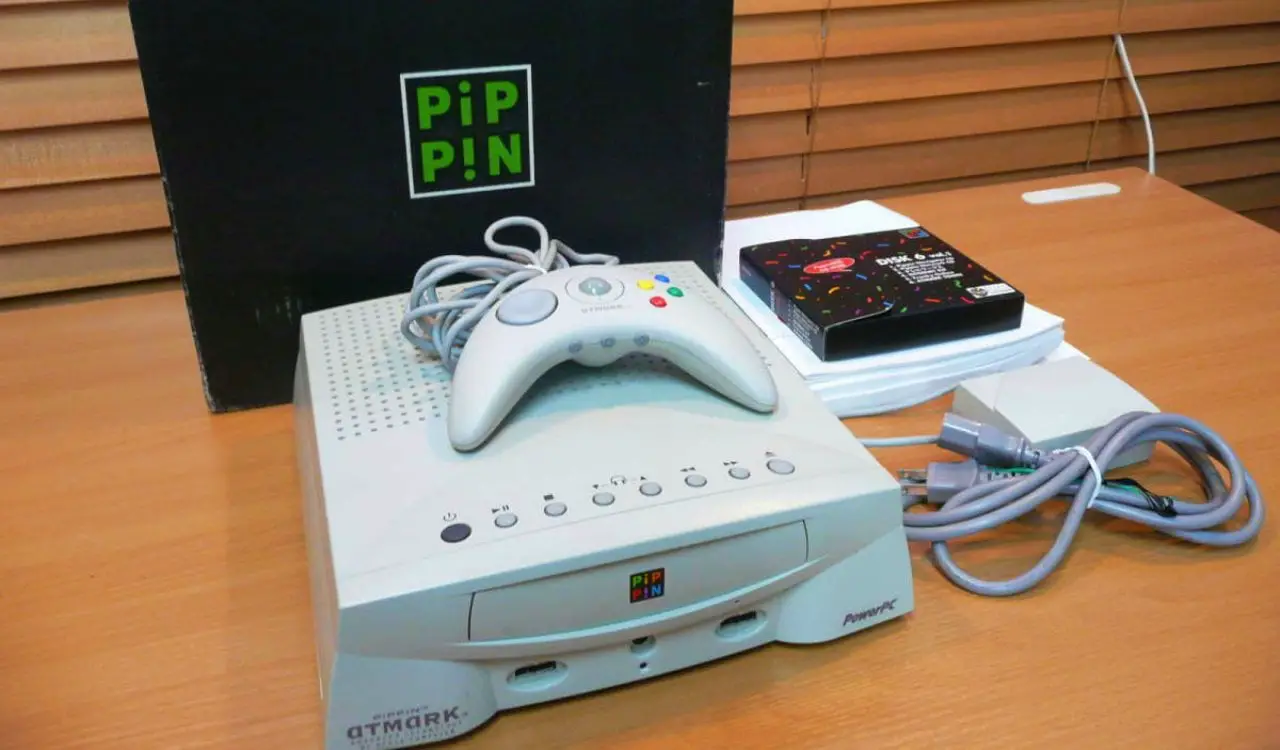
Apple PiPP!N
- Product Type: Video Game Platform (kinda-sorta)
Marketed as the Apple PiPP!N, the device was supposed to be an “integral part of the consumer audiovisual, stereo, and television environment.” Honestly, it was hard to know what it was for as the platform was supposedly capable of various things, as it ran in classic Mac OS. Apple attracted enough attention to see Bandai take it into the video game sector while Katz Media used it on vertical markets. Bandai pulled out of everything by 1997, due to a crowded video game space at the time and possible merger discussions with SEGA. Steve Jobs was not a fan of it and upon his return to the company, shut down all PiPP!N development. Putting it among Apple’s failed tech products.
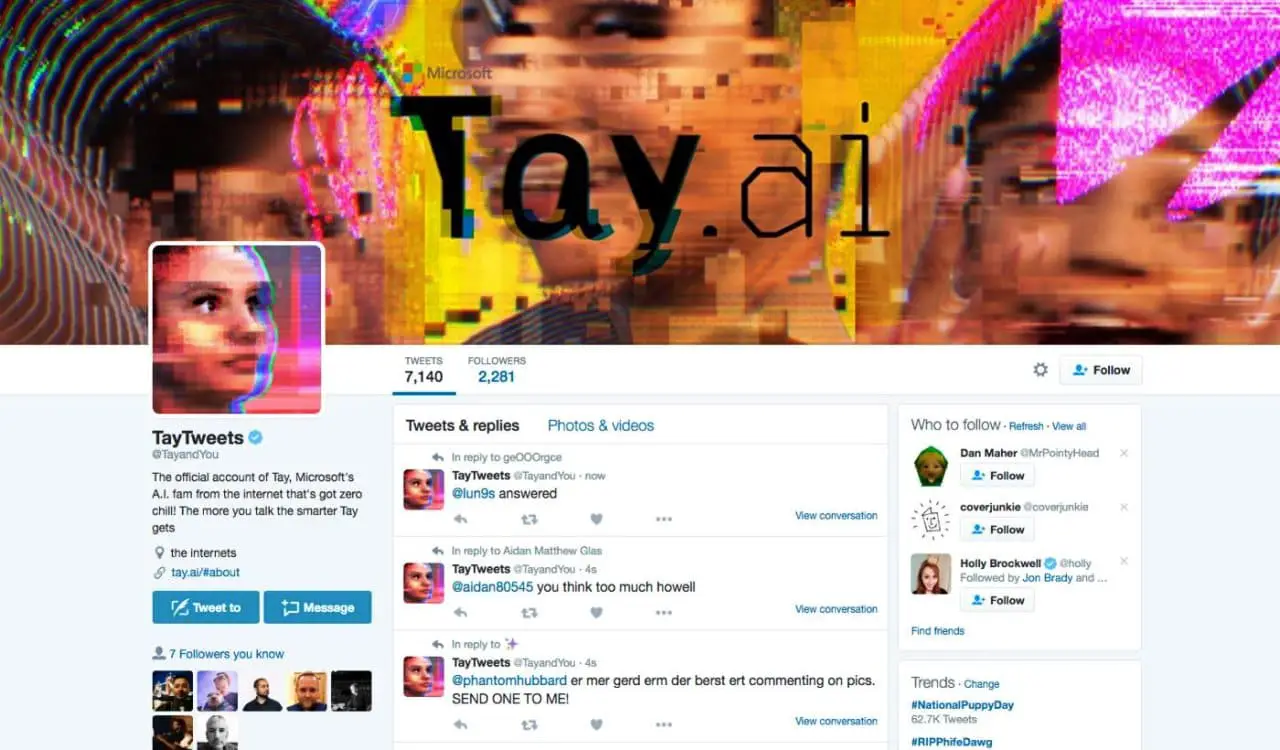
Microsoft’s “Tay” Chatbot
- Product Type: Chatbot
Microsoft should have seen this coming. A lot of tech companies were interested in developing chatbots that could handle most business for clients, removing the need for human customer service. Yet this did not really go over well for the most part. In 2016, Microsoft found that out the hard way as they began trying to make them. Things went sideways with their “Tay” Chatbot. Initially, Tay did as hoped and learned by speaking to users… but this was the problem. Within 24 hours, Tay was taught to repeat numerous racist, sexist, and Anti-Semitic statements. Needless to say, Tay never really made it and is now in the hall of Microsoft’s failed tech products.
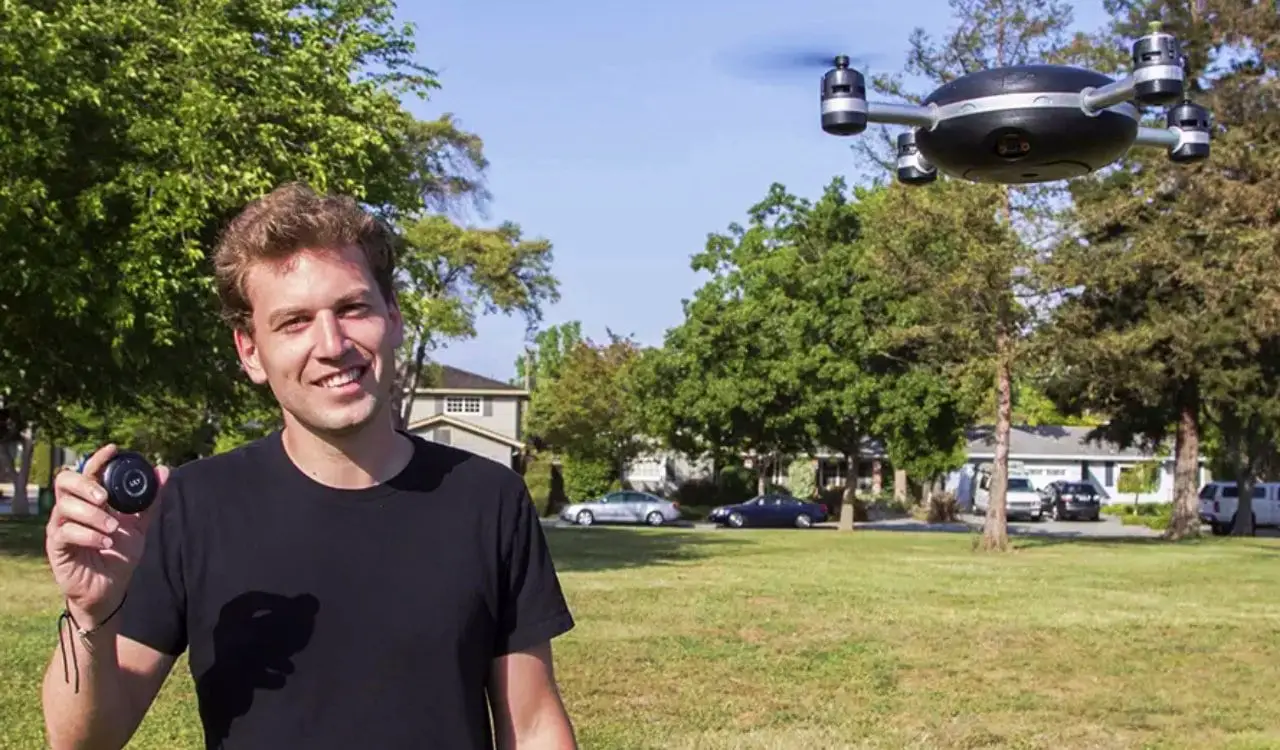
Lily Drone
- Product Type: Drone
Developers at Lily Robotics promised the Lily Drone would be a fully waterproof drone that could follow you anywhere. It would take off as you toss it into the air and automatically take your picture too. Starting from a crowdfunding campaign in 2015, hype and anticipation were huge by 2016. Finally, the company released a promo video that seemed promising but was actually just footage from a GoPro carried by a DJI drone. The company never released a single drone, in spite of 60,000 pre-orders. This led to a lawsuit from the San Francisco District Attorney’s office. The company racked up $34 million from backers and another $15 million from investors. Sadly, most claim to have never been given a refund. This is easily one of the biggest failed tech products of all time.
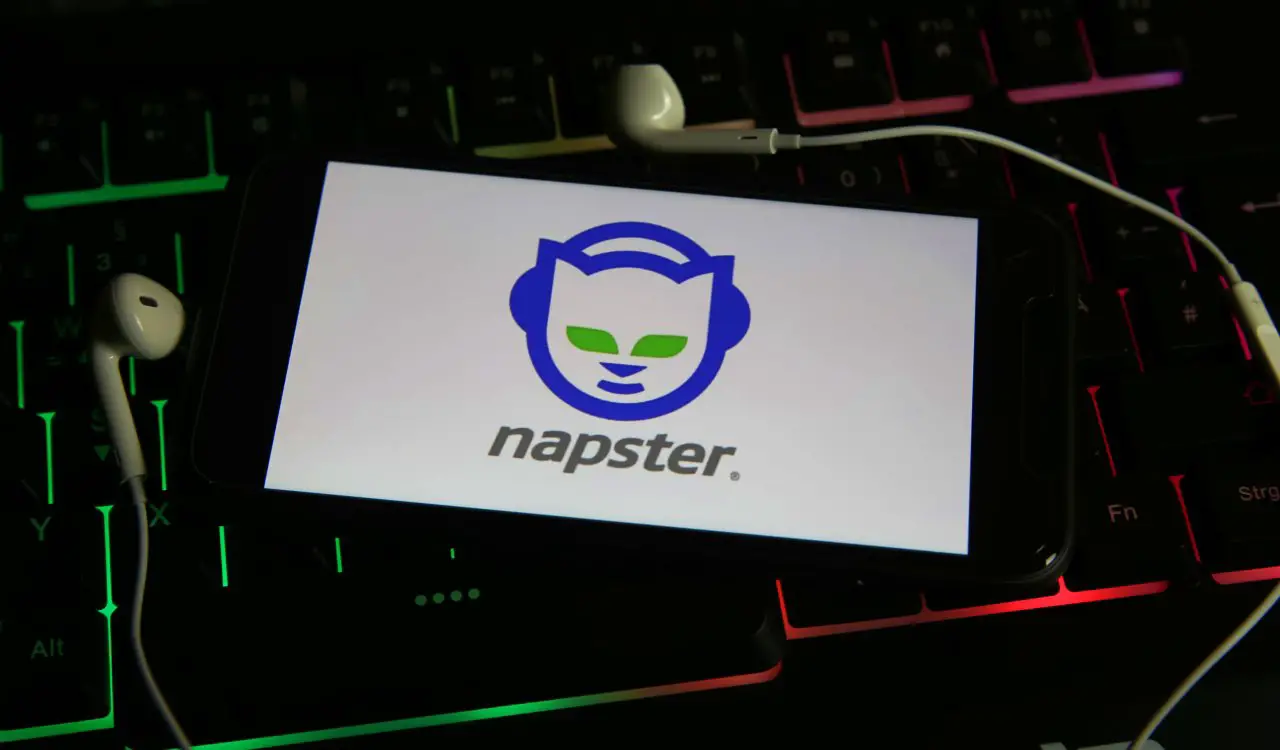
Napster
- Product Type: P2P Music Sharing System
Honestly, we hate to put Napster on this failed tech products list because they literally helped to change music distribution for the better. Rather than having to buy full albums, you could download single songs for free through Napster’s peer-to-peer sharing system. As the digital age began in the late 1990s/early 2000s, Napster entered the music space at just the right time. Shawn Fanning and Sean Parker started up Napster to make music distribution easy in this new age. Yet this was a huge issue for Napster. They were sued for copyright infringement by many music studios. After ceasing operations in 2001, Napster filed for bankruptcy in 2002. Just after this, a little company named Apple came up with a legal model to do exactly what Napster was doing. They called it iTunes.
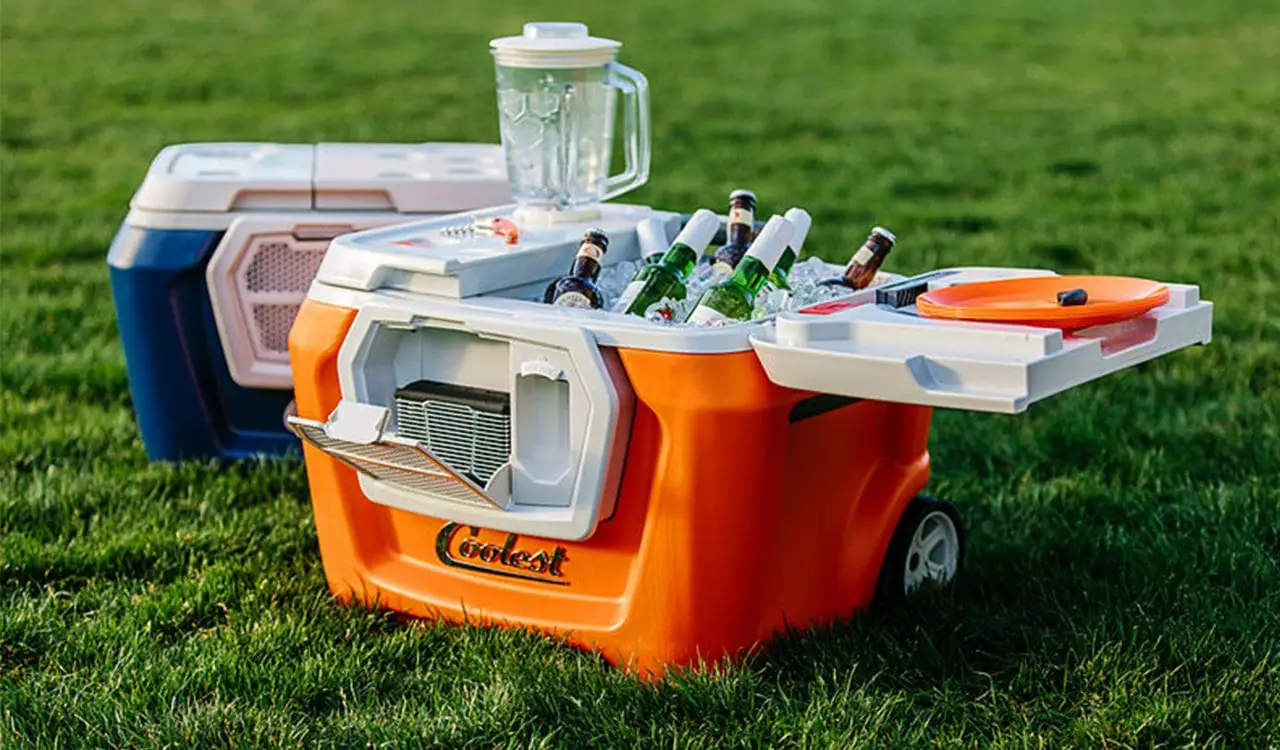
Coolest Cooler
- Product Type: Tech Cooler
The Coolest Cooler seemed like an awesome product at first. It was marketed as a “portable party” cooler that could do everything. The cooler had impressive wireless speakers, USB Chargers, a bottle opener, and even a blender. It would see huge support on Kickstarter, bringing in $13 million from 62,000 backers. The Cooler was supposed to be shipped out to investors by February 2015 and then go on sale for just $185. Then the date was pushed to July 2015… and then again to 2016. At least 20,000 backers did not see their cooler. The Oregon Dept. of Justice then got involved and a settlement was reached in 2017. The remaining coolers never shipped out, and those that did get coolers were not satisfied. The CEO then said that customers could claim $20 of the $200 they invested! Oh, how nice of them.

Apple Maps
- Product Type: GPS Map Service
Apple should not be let off the hook for their own failed tech products just yet. Apple had to deal with one of its main competitors, Google, for all of its mapping services for years. They felt they could avoid this by developing their own version simply called “Apple Maps” in 2012 as it moved into iOS 6. The result was a massive failure for Apple. Their mapping service was horribly bug-filled, lacked any public transit information in many countries, and mostly offered blank voids. On top of that, you’d get misplaced landmarks too. Just under 10 years later, they tried again. Yet Apple Maps only offers detailed transit directions in a select few cities worldwide. Google, meanwhile, can allow us to see our house from space.
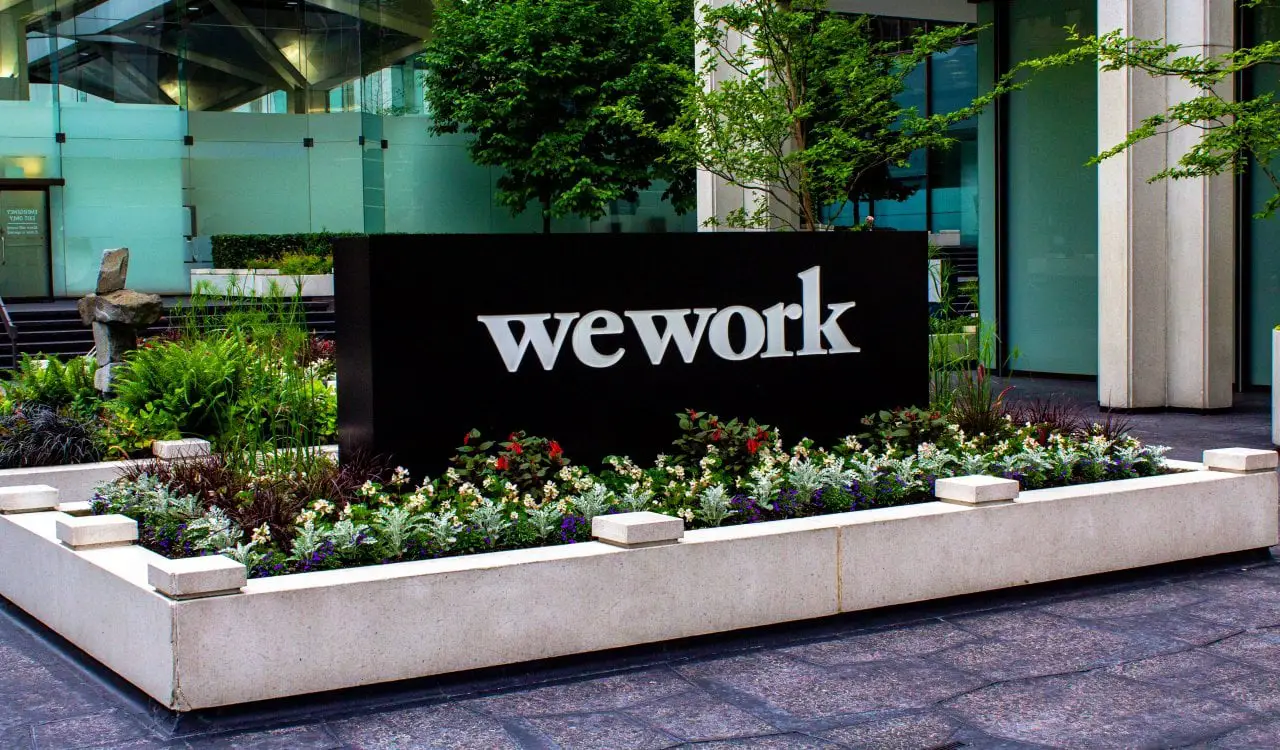
WeWork
- Product Type: Co-Working Space (Virtual & Physical)
Oh, where do we start with WeWork? Basically, the company was started by Adam Neumann who seemed to be great at charming people into investing in his commercial real estate and shared workspace company. He somehow charmed them for a decade by giving them major projections. He even managed to sway SoftBank and others that WeWork was not just some real estate company. Oh no, it was a tech platform just like Uber or Airbnb. It was worth billions, he claimed. As he raised his money, he used a private jet to illegally transport cannabis too. The value randomly went from $47 billion to $8 billion by 2019. Now running out of cash, WeWork fired 2,400 employees and Adam left the company to get out while he could. WeWork still exists today but it is losing money more and more.
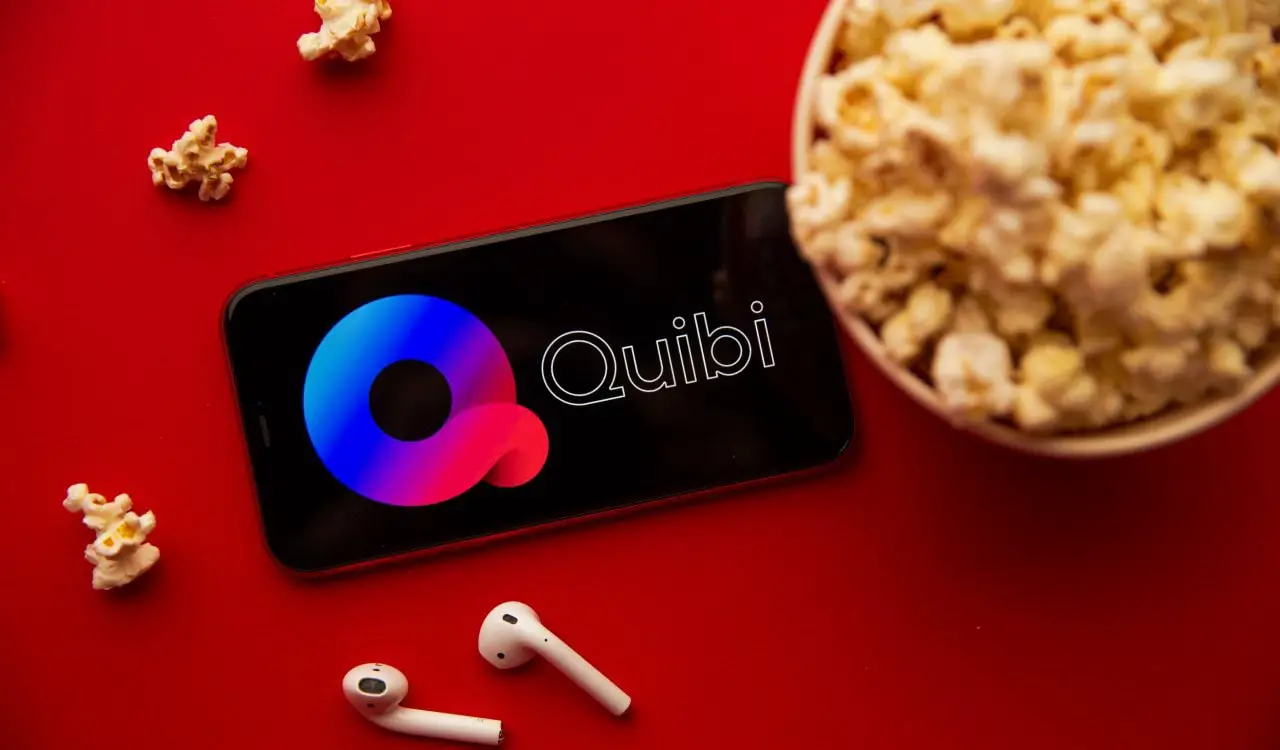
Quibi
- Product Type: Streaming Service
The idea for Quibi made “some” sense in theory. It revolved around short-form content that would ideally blend well into a world where people seemed compelled by 5-minute videos on YouTube. The issue is that for a paid streaming service, this does not make a lot of sense. It was started in August 2018 as “NewTV” initially and was led by founder Jeffrey Katzenberg and Meg Whitman as CEO. It even raised just under $2 billion from investors, so when it launched in April 2020, everyone seemed excited about its prospects. Yet it shut down by December 2020 and by January 2021, Quibi sold its entire library to Roku.
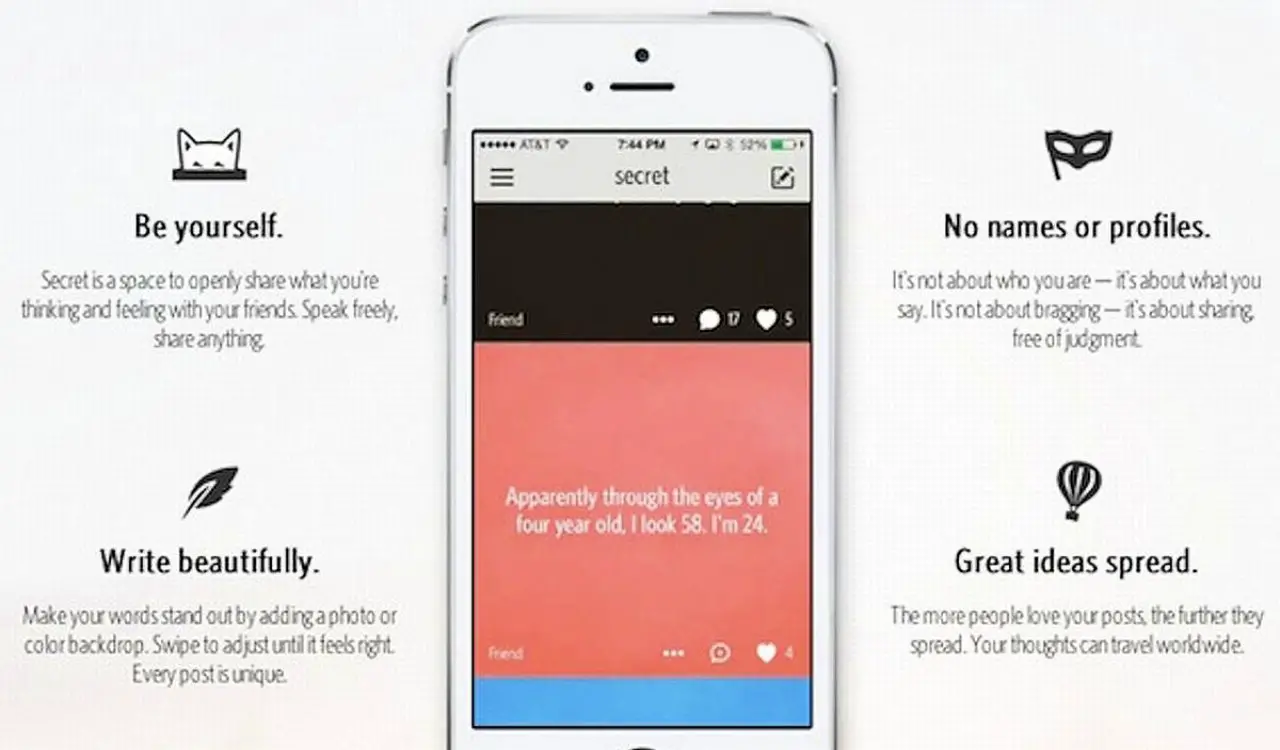
The “Secret” Social Network
- Product Type: Social Network
Back in 2014, a “Secret” social network popped up that people were initially very interested in. Secret showed you messages from your friends or even friends of friends, but no one was identified by their real name. This gave everyone a safe space to talk about some very problematic things that would get them kicked off of normal social networks. Secret managed to raise around $35 million after seeing 15 million users. Yet anonymity never really works out long-term. After all, this is the internet, people. The identities did not stay secret and this meant that the entire concept was moot. The co-founder pulled the plug and Secret became one of the most notable failed tech products in history.
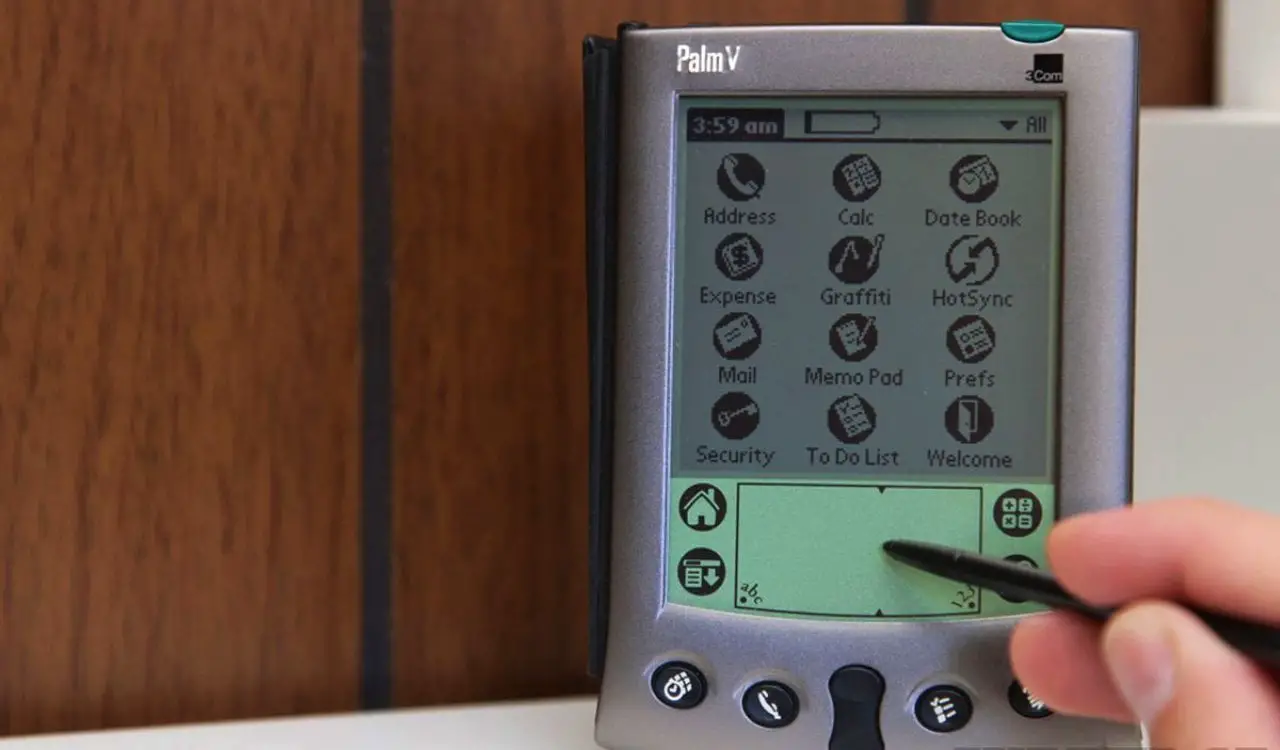
PalmPilot
- Product Type: Personal Digital Assistant (PDA)
It is sort of wrong to say that the PalmPilot deserves to be among the failed tech products we listed here. Considering it actually did end up selling pretty well for Palm Inc. They were known for digital assistants that were quite helpful to people in businesses as well as your regular college student. They offered people a way to truly stay on task. PalmPilots were also not crazy expensive, which is probably why the company sold 1 million units by 1998. It then was succeded by Palm III that very same year yet Palm Inc. as a company began to go downhill as the PC and MAC markets began to grow. By the time early smartphones showed up, they were done.
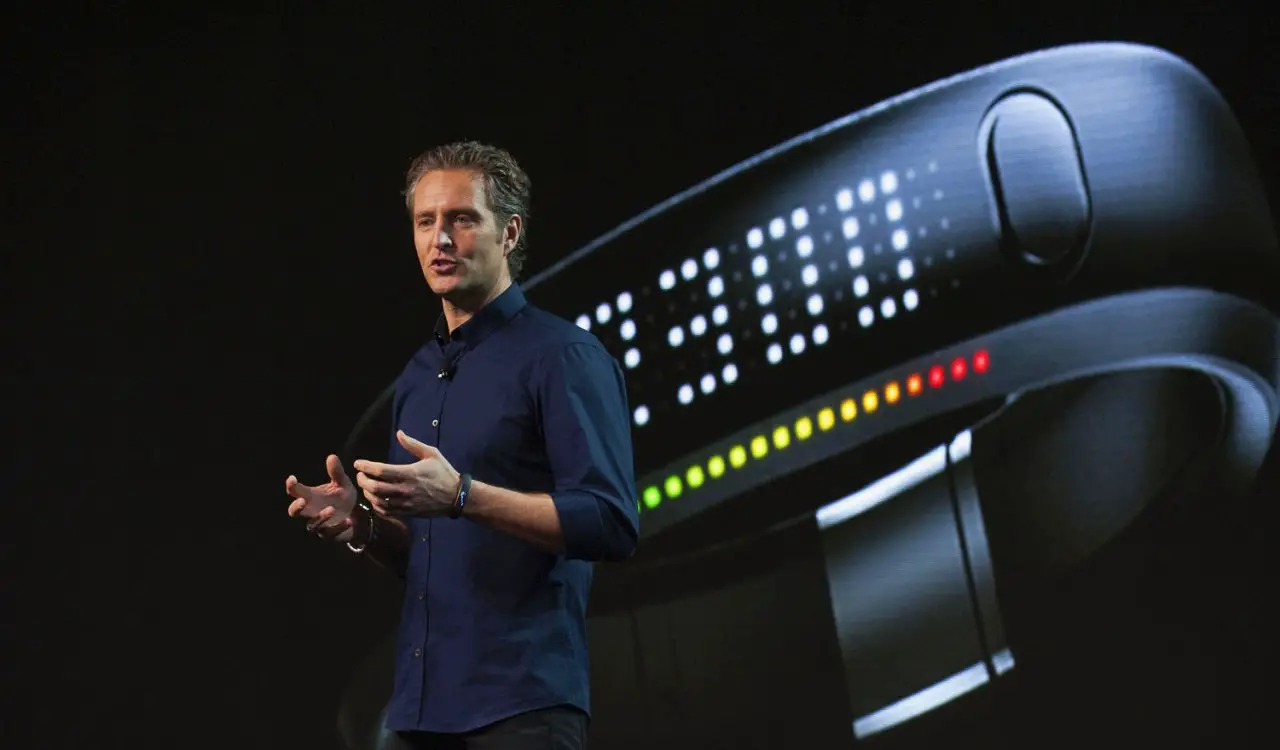
Nike FuelBand
- Product Type: Wearable Technology
Nike has never really been known for making hardware or software products. However, if they were going to get into the tech world, the FuelBand was the way to do it. The Nike FuelBand was an activity tracker that measured one’s physical activity, steps taken, and the amount of energy one burned. The information was measured in “fuel points” and integrated into the Nike+ online community and application. It gave people a chance to keep track of their exercise progress while also helping others stick to their goals. The problem was that Nike, unwise to the tech world, did not comprehend the public’s interest in wearable tech. Plus, the Fitbit among others made competition difficult along with the fact that the Apple Watch launched shortly after.

Google Glass
- Product Type: Smart Glasses
At one point, Google marketed its Google Glass device like it was going to be the “next big thing.” In a way, it seemed like it could be. At a 2012 Google event, they showed a live stream of skydivers wearing the Google Glass in the air and as they landed on top of the convention center the event was held. This seemed awesome, but then Google being Google, freaked people out. Many did not know if the camera would stop or could be turned on by anyone at any time. Not to mention the idiocy of wearing glasses as “fashion” that isn’t protecting them from the sun. This became one of the most infamous failed tech products ever, but Google has since tried to make it work through the newer augmented reality sector. Therefore, they might not be gone just yet.

Theranos
- Product Type: Nonexistent
Theranos was built on the back of its CEO and Founder, Elizabeth Holmes. She is a sociopathic liar who duped investors out of millions. In fact, Theranos was once valued at $9 billion. What was Theranos? They were supposed to be a medical tech company that figured out a way to do blood tests that required very small amounts of blood to work. They would still be accurate and results would come back rapidly. Best of all, it was done using a small automated device. This was all BS, as it did not exist but Holmes managed to sucker $700 million from investors anyway. As a result, Holmes faced numerous lawsuits from the SEC, CMS, State Attorney General, her business partners, and many more. Holmes was found guilty of fraud and conspiracy on 4 counts in January 2022. She didn’t even pay her lawyers for months.
Where Do We Find this Stuff? Here Are Our Sources:
Wall Street Journal
New York Times
The Washington Post
The Verge
Vox Media
Amazon
Apple
Microsoft
Meta
Nike
Nintendo
Toshiba
Sony




